You train hard. You diet. A lot of blood, sweat, and tears have been spent on trying to lean out and get ripped, but nothing is happening. If you look in the gym room mirror and don’t like the reflection’s progress, it’s time to consider whether you are doing the right training and eating the right food to help whittle the layers of fat away.
Go on, be honest with yourself here. Are you honestly being consistent, eating clean, and pushing hard?
Some saboteurs of our weight loss and transformation goals are in plain sight, while others are much less common and obvious. If you’re serious about getting that aesthetically pleasing physique, then keep reading to learn about the 7 reasons why you’re not getting ripped.
1. You’re doing too much cardio
People tend to think that cardio equals fat loss, but that’s not entirely true. Yes, you burn more calories during cardio than you do during a weight lifting session. However, doing cardio—especially steady state cardio—multiple times a week with no rest in between can hinder muscle growth. That’s why runners don’t look like the Hulk.
Instead of hopping on the elliptical or treadmill to jog for two hours, multiple studies have proven that steady state cardio performed at 45-60% of maximum effort for about 30-45 minutes once or twice a week is ideal for burning fat over longer stretches of time.

2. You’re dieting the wrong way
Here’s the problem, you can’t keep saying, “I’m going to start eating better tomorrow,” and expect results today. Given the linear progression of time, things don’t work like that. Eating crap food is going to give you crap energy—and terrible results. Your body mirrors your diet.
If you want to get ripped, you need to eat clean. This means cutting out processed and fast food, simple carbohydrates, junk food, excessive alcohol consumption, and sugar.
That above advice adheres to you, regardless of your eating habits. You can be doing intermittent fasting, IIFYM (if it fits your macros), the ketogenic diet, or be vegetarian/vegan, if that works for you. But you need to make the right nutritional choices, like increasing your intake of lean proteins and healthy fats while cutting back a little on the carbohydrates.
One way to make sure you are getting the macronutrients you need while eating clean, wholesome foods is to keep a food log. Write down everything you eat, down to the smallest nibble. It’s an eye-opener.
3. Not HIIT-ing the sweet spot
Briefly look back to our first point. Steady state cardio has its place in your workouts, but its not something you should rely on for fat loss. Research is pointing away from long bouts of steady state cardio and towards high-intensity interval training (HIIT).
HIIT means spending less time doing cardio while burning more fat. The reason is because HIIT accelerates post-exercise metabolism, boosting the amount of calories and fat burned when you’re not exercising.
Furthermore, research shows that HIIT doesn’t cause muscle loss like steady state cardio. You gain muscle.
HIIT can be done several ways, such as Tabata training. Typically, HIIT is several cycles of all-out effort paired with short bursts of active recovery. So, a HIIT pattern could be 60 seconds of sprinting on the treadmill paired with 30 seconds jogging. Optionally, you can do kettlebell swings for 20 seconds, rest for 10 seconds, high-knees in place for 20 seconds, and rest again, repeating for eight times. It’s killer, it’s quick, and it gets results.
4. Lifting too light
Lightweight and high reps doesn’t overload the muscles, and it doesn’t burn more calories. In Norway, at the University of Sport and Physical Education in Oslo, researchers found that training with heavier weights with fewer reps elicits a better and sustained response in resting metabolic rate than training with light weight and higher reps. In other words, 8 reps per set with heavy weights is going to produce more results than 20 reps.
5. You’re starving your body
A myth in weight loss is that you need to starve yourself to burn fat. That’s only true for overweight and obese individuals who are inactive. You can’t maintain muscle mass while drastically cutting calories.
The key to dieting is eating slightly below maintenance level so you can make small cuts whenever you hit a plateau and still have enough energy to fuel your body. That’s about 200 fewer calories than maintenance level with an emphasis on getting 1.0-1.5 grams of protein a day.
6. You’re lacking consistency
It was said right from the get-go when you started: “Consistency is the key.” And like it or not, it’s true. If you want to make big progress in the long run, you need to make little progressions every single day. Getting ripped requires consistency. You need to focus on committing to the end goal by getting to the gym and working for it.
That doesn’t mean you crush yourself at the gym one day a week and leave feeling like you have to vomit. While every workout has its place, gut-wrenching intensity is not something you can frequently do. Think about the workouts of the greats, like Arnold Schwarzenegger and Ronnie Coleman, who got ripped by using progressive overload paired with moderate to high-intensity training and a commitment to solid nutrition.
Come up with a plan that suits you, whether it’s 30 minutes daily or a 3-4 day split, and stick to it. Training consistently is going to get you more than sporadic, grueling workouts ever will.
7. You rest too often
No, this doesn’t mean rest days. This is for those lifters at the gym who spend their rests between sets chatting it up for 3 minutes. You need to cut that out.
Minimizing your rest between sets was proven by researchers at the College of New Jersey to be more effective at burning calories. In the study, a 30-second rest between bench presses (5 sets x 5 reps) yielded better results than a 3-minute rest.
The reason is cardio acceleration. Much like HIIT, cardio acceleration gets the body working harder over a shorter period of time. An example of this would be supersets, where two exercises are done back-to-back with minimal rest. Using supersets increases caloric burn and RMR 35-percent better than standard sets.
If you’re ready to get ripped, then you need to seek out the habits that are sabotaging your effort, such as the seven reasons listed above. Apply the tips. Work smarter and harder. Eat well. Then, you will start to see a positive change and get ripped.
Like what you’ve read here and hungry for more? Follow us on Facebook.
The post 7 Reasons Why You Can’t Get Ripped appeared first on Gaspari Nutrition.


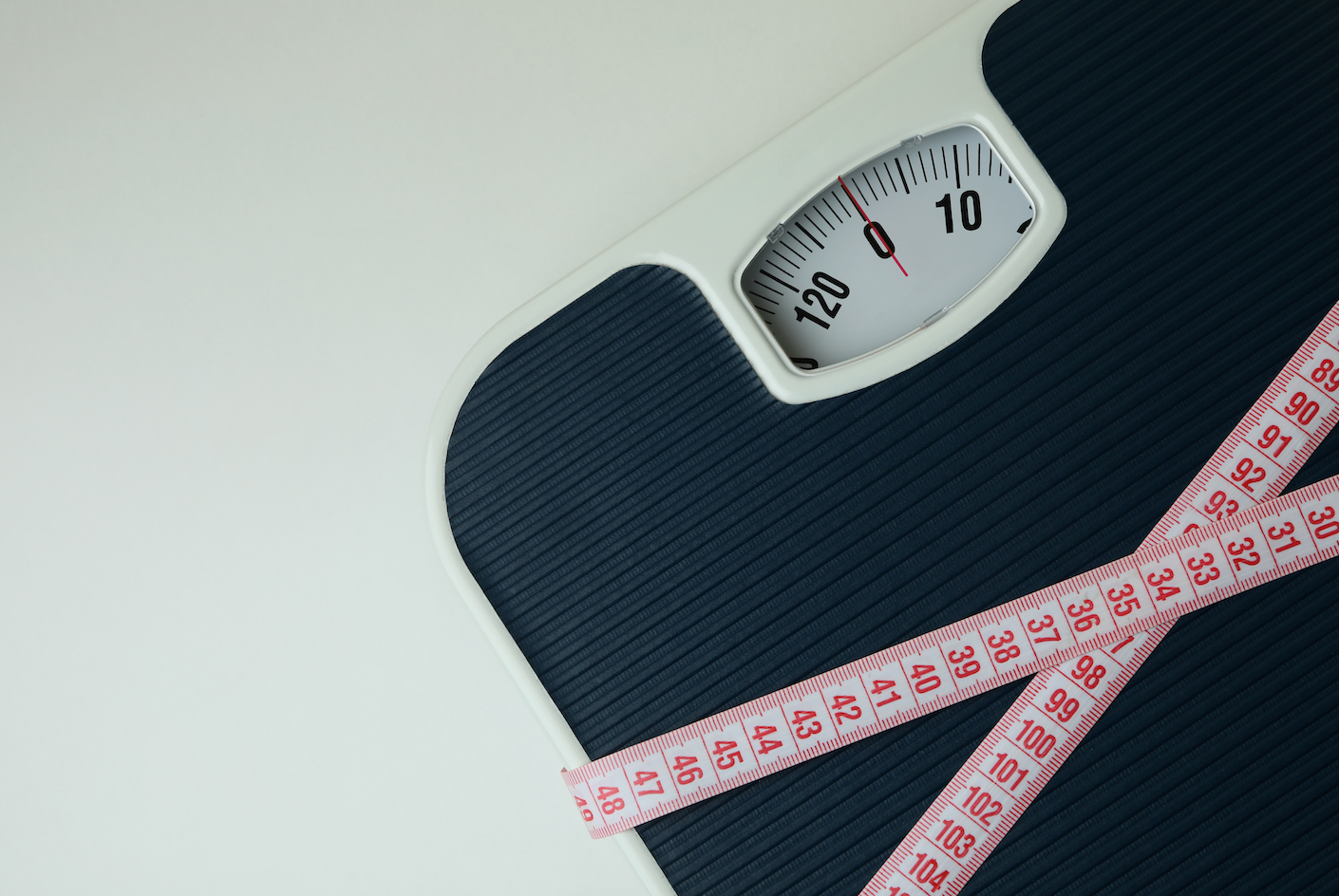
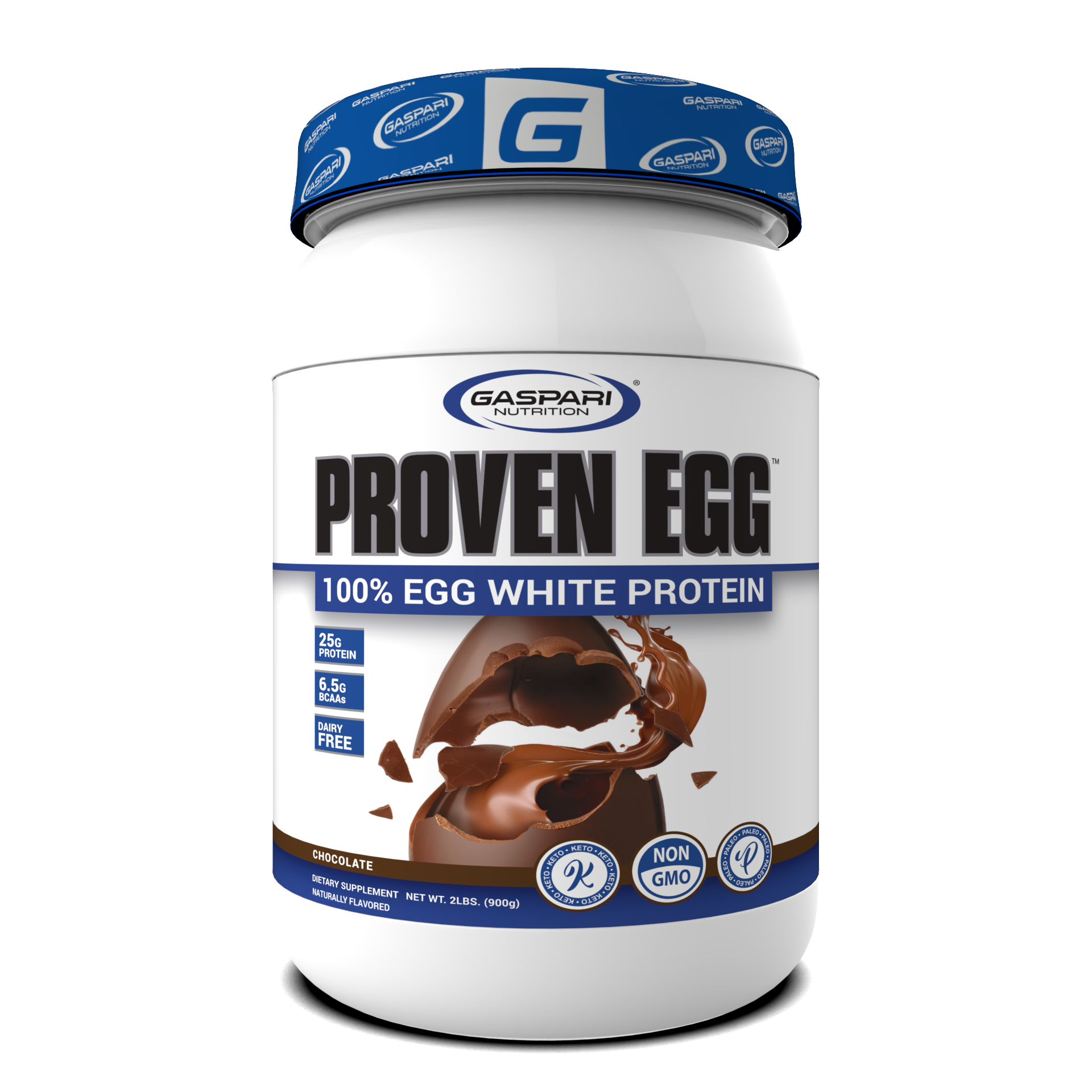
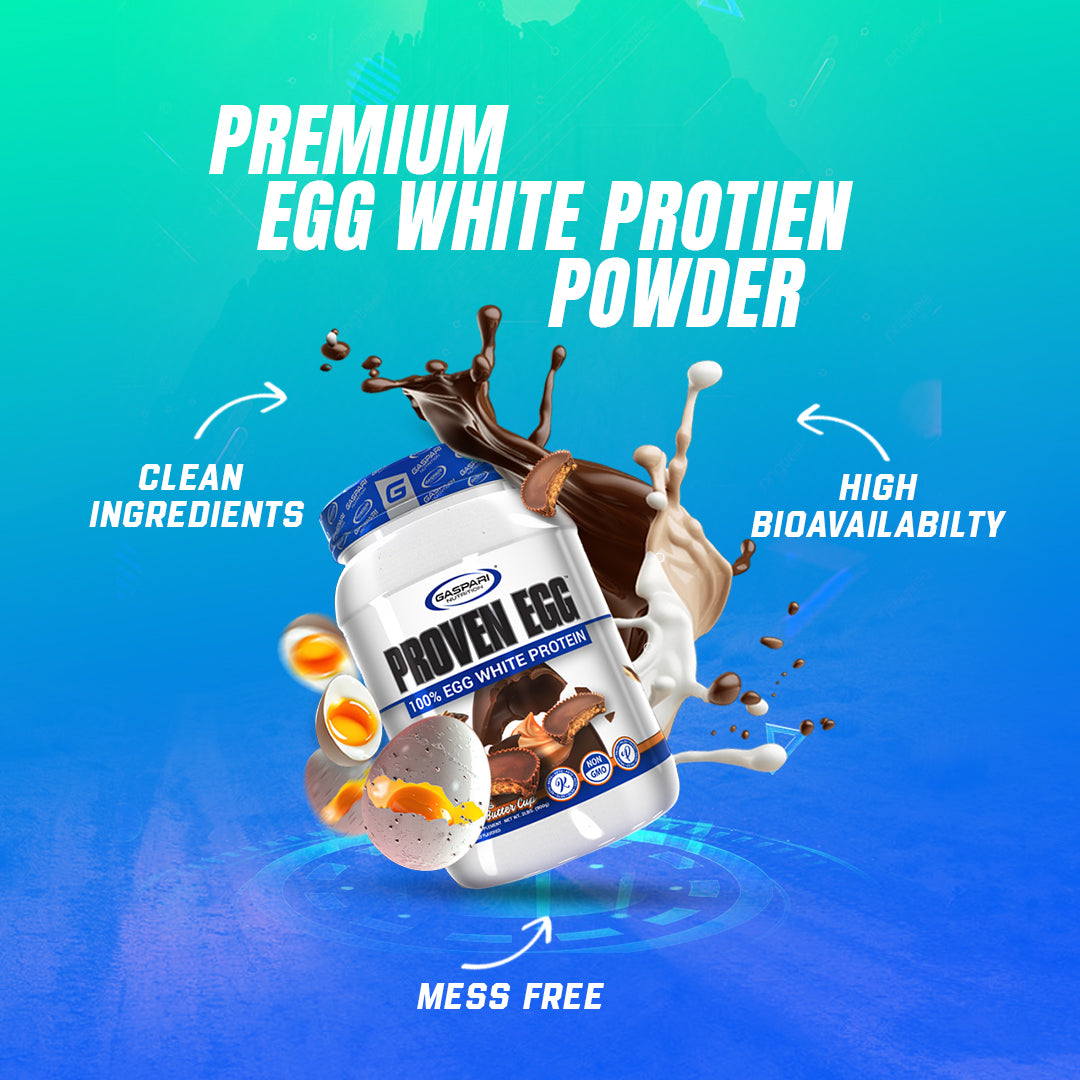
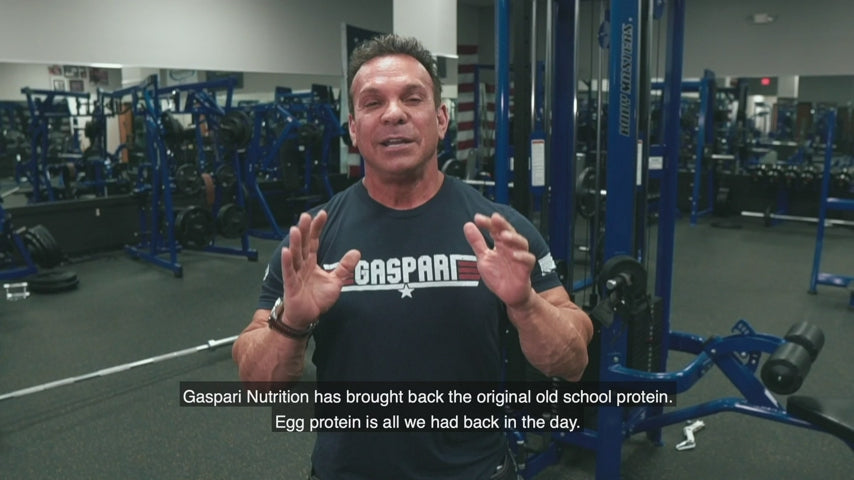


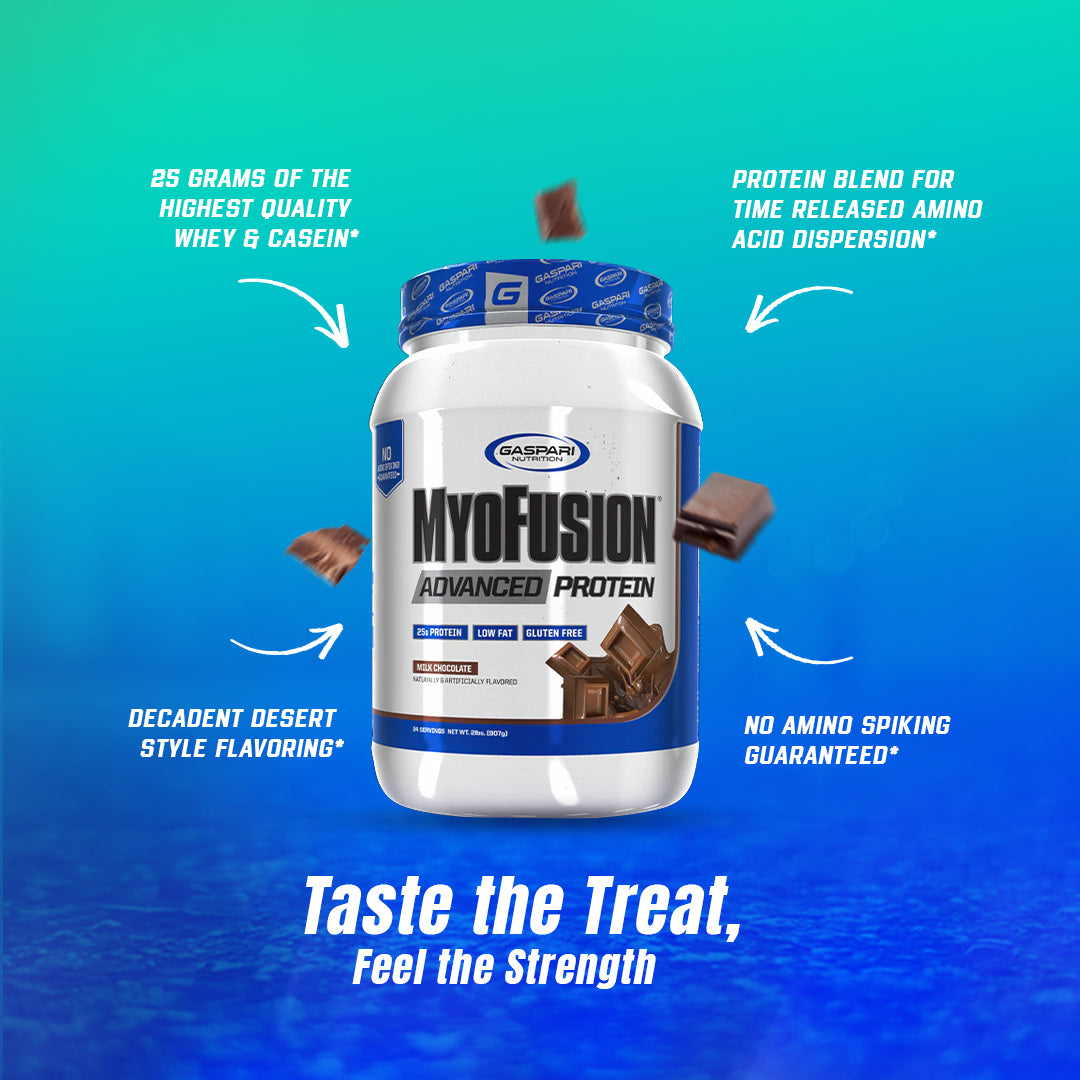

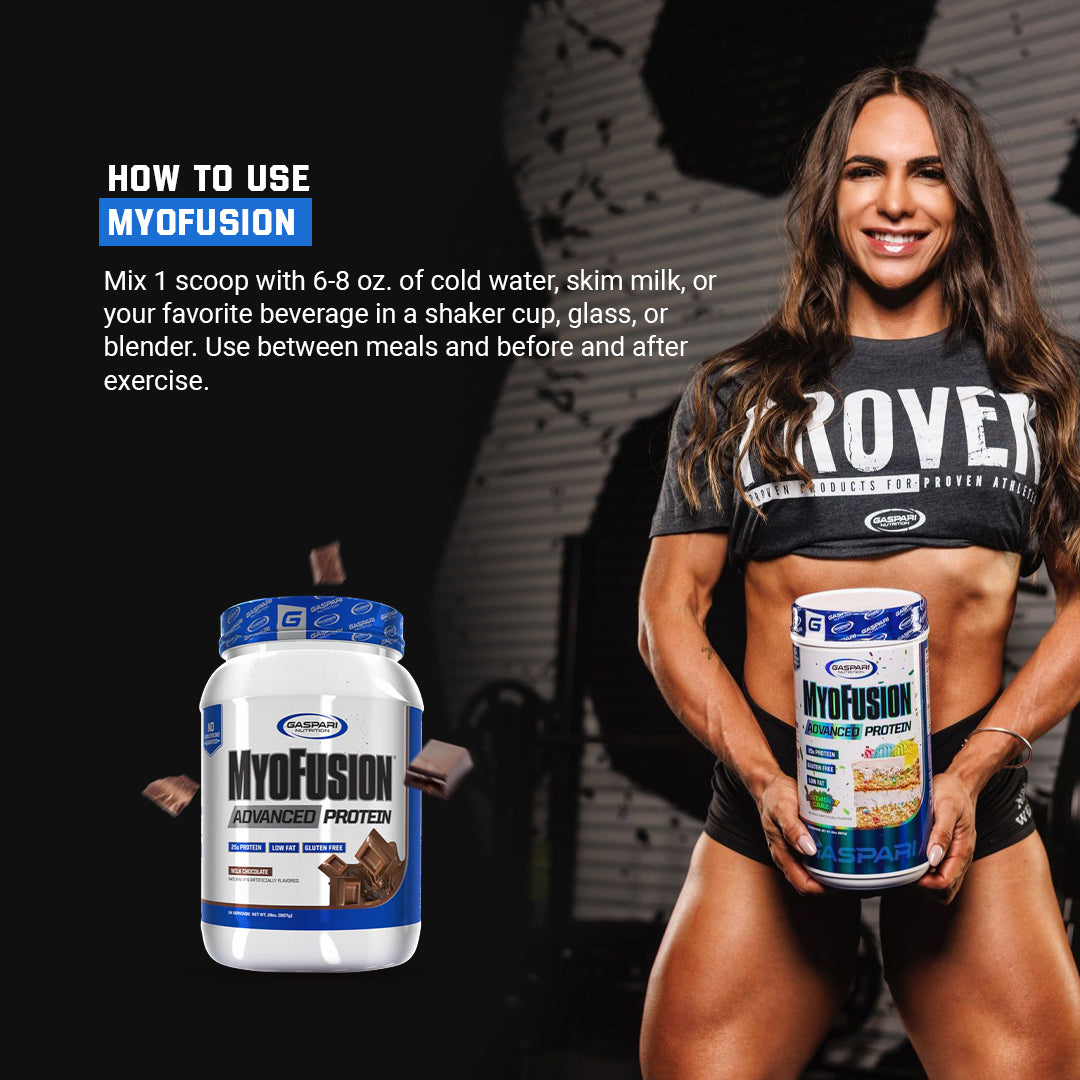
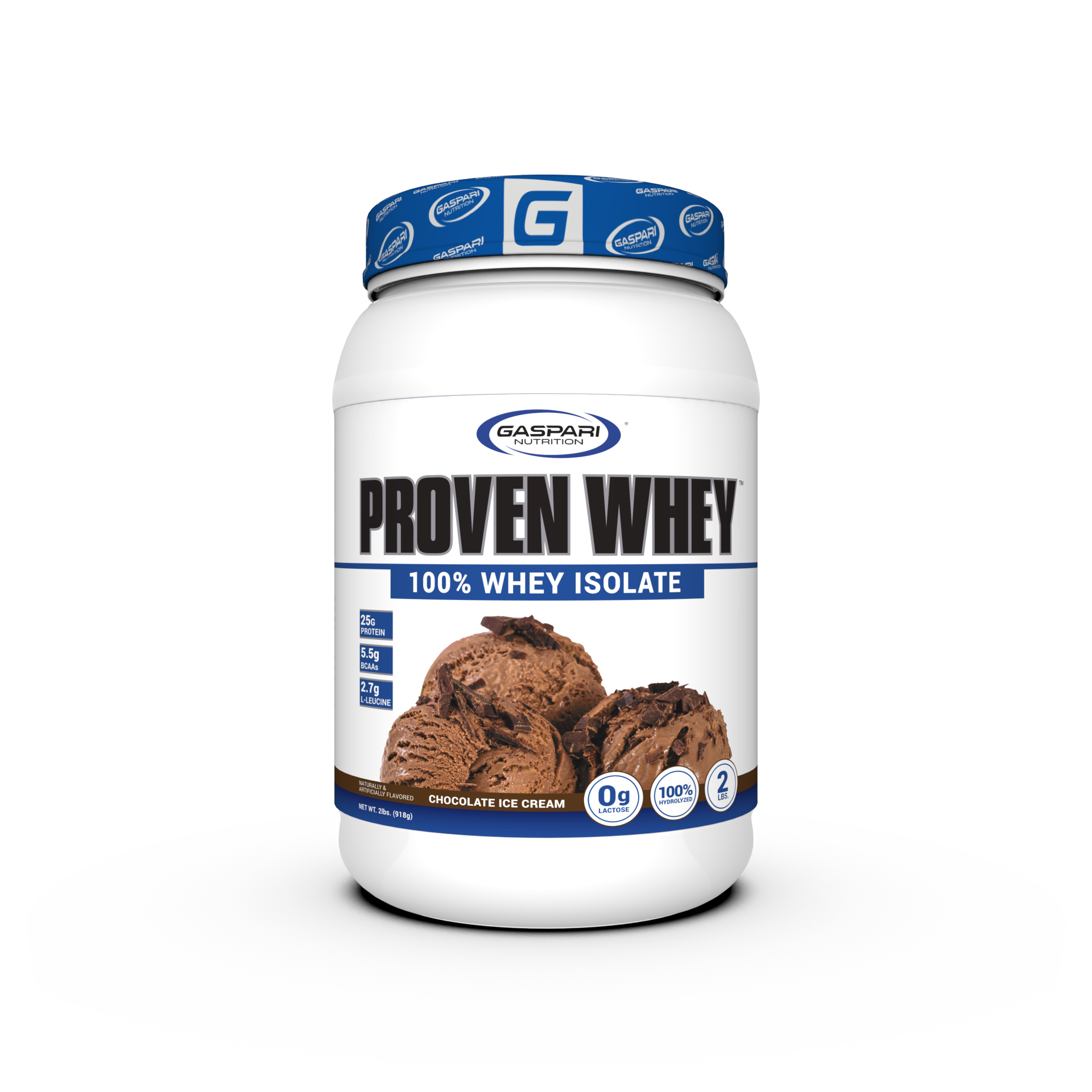
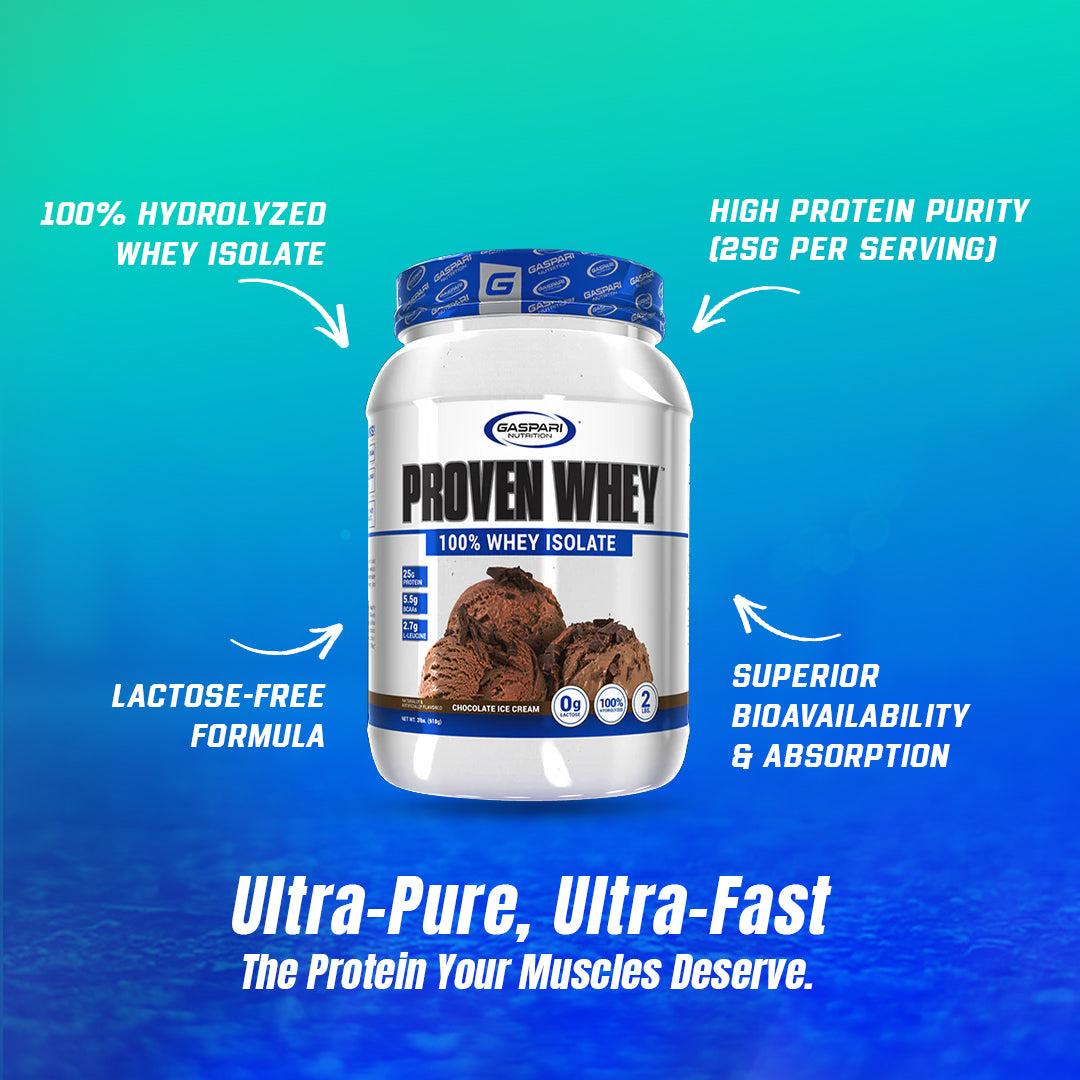
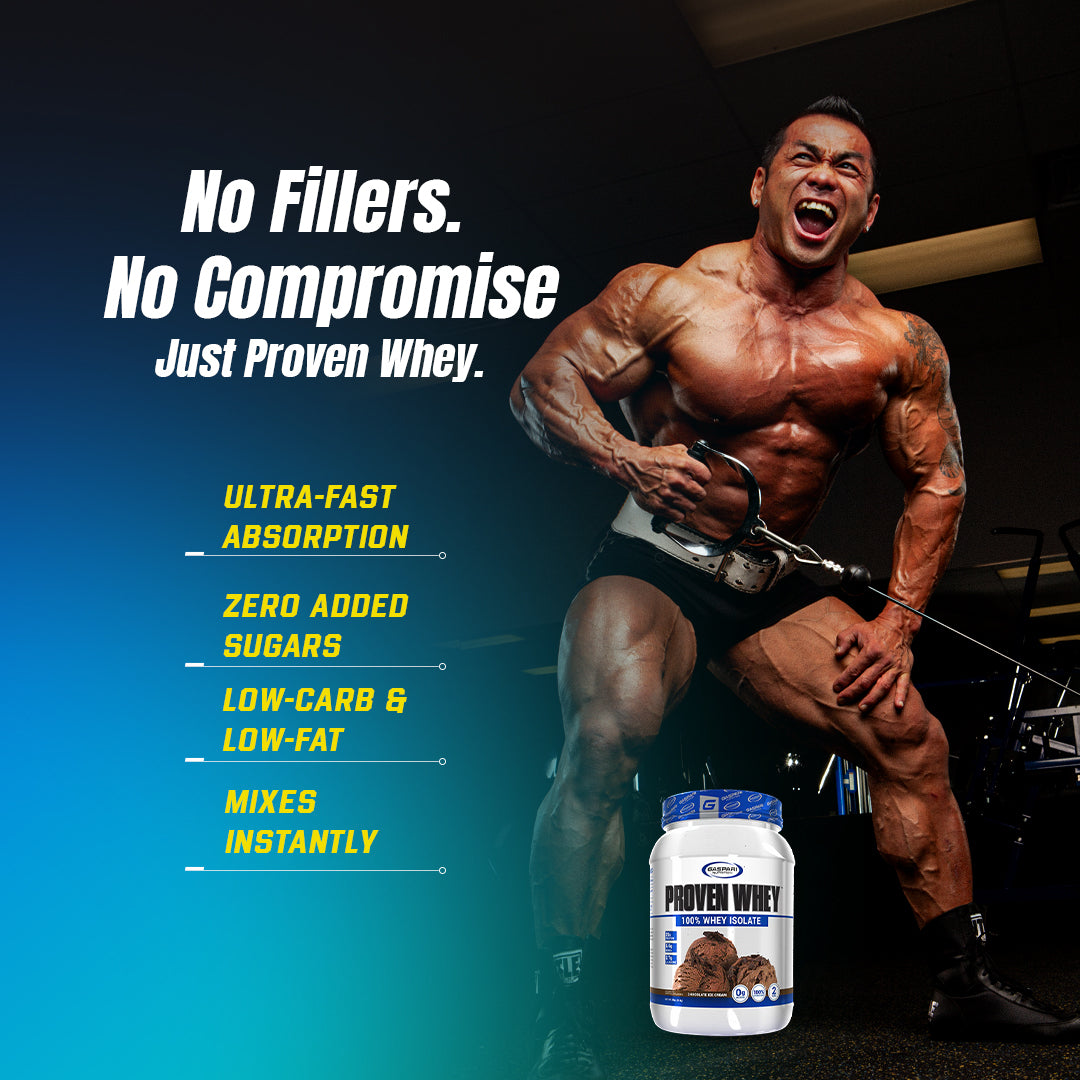

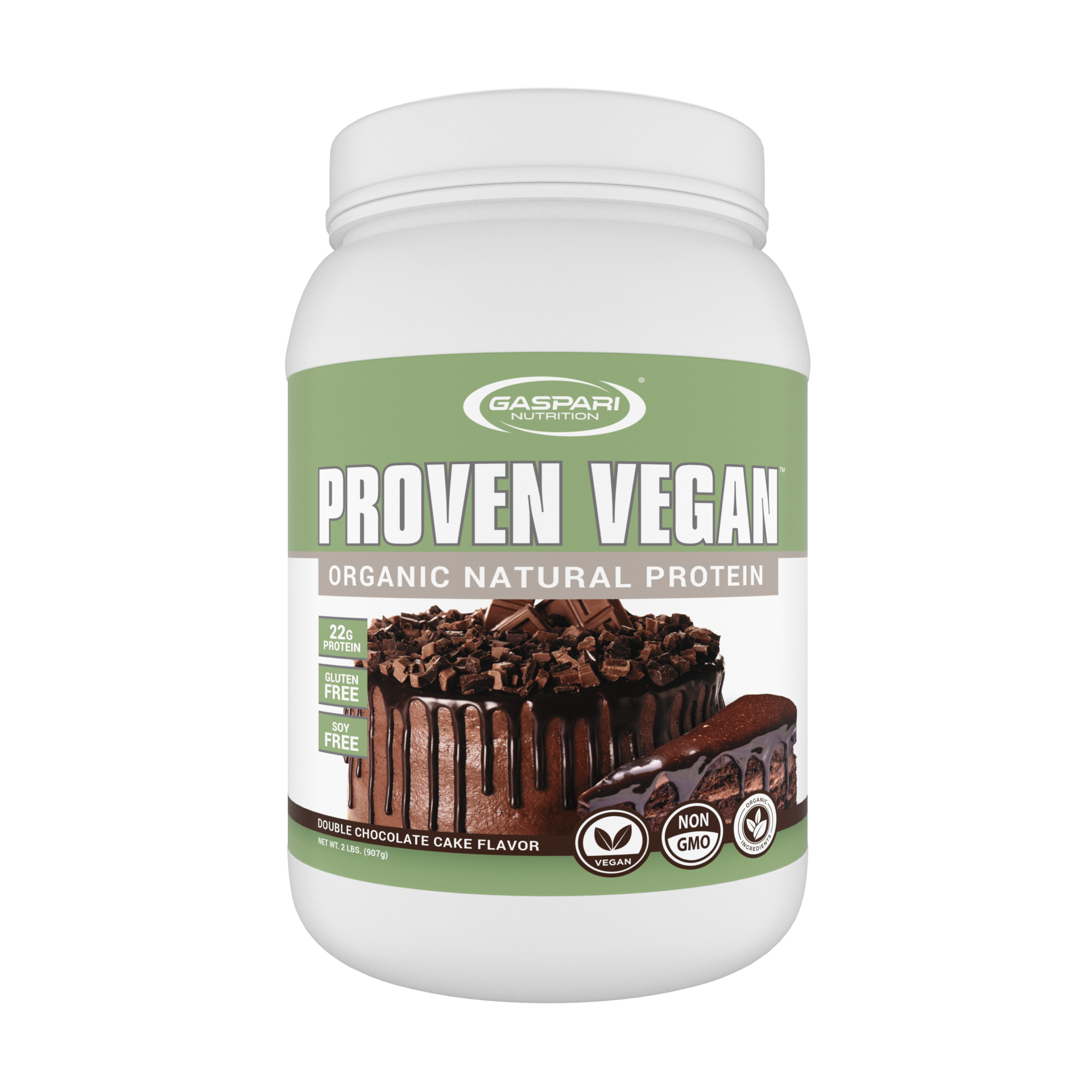


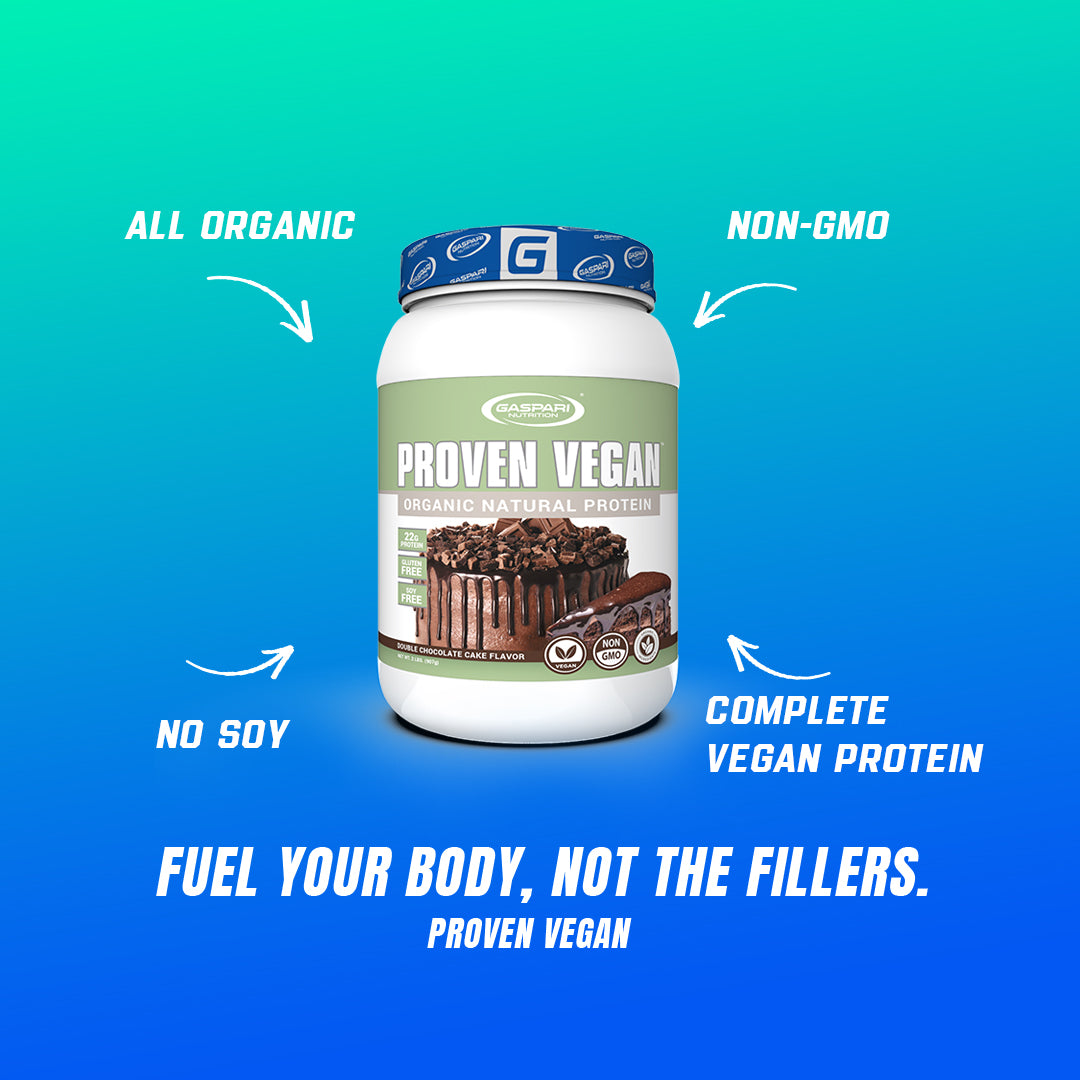
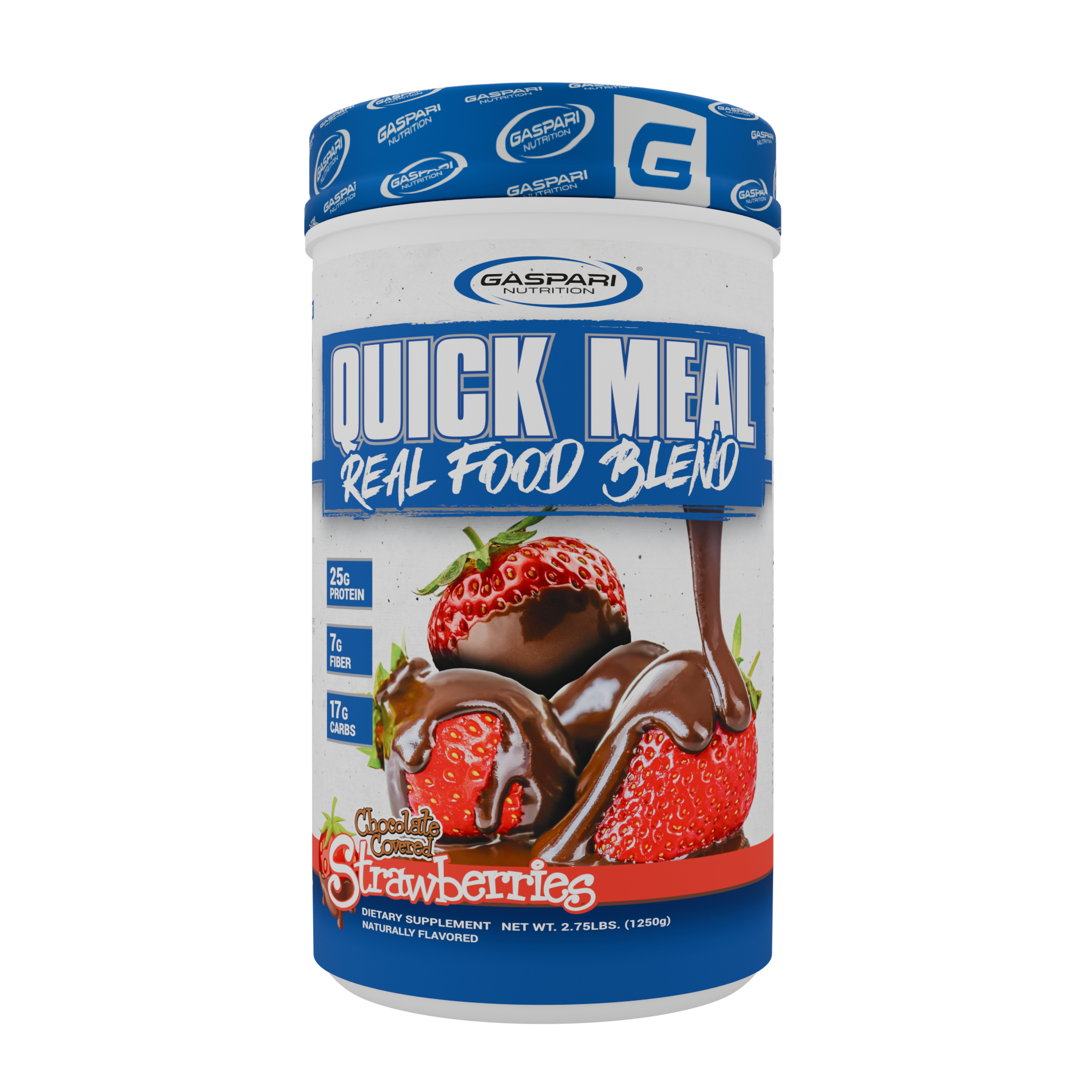
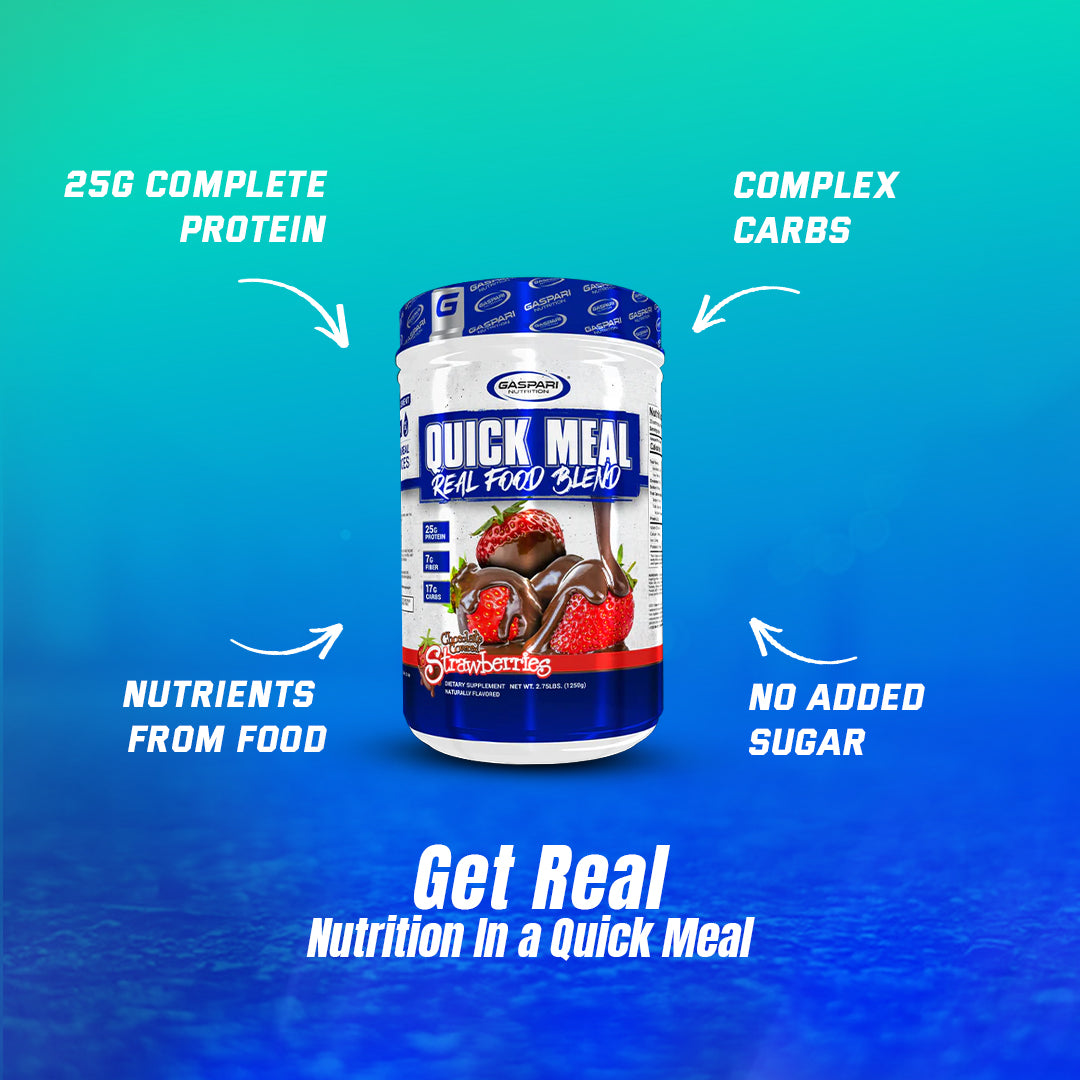
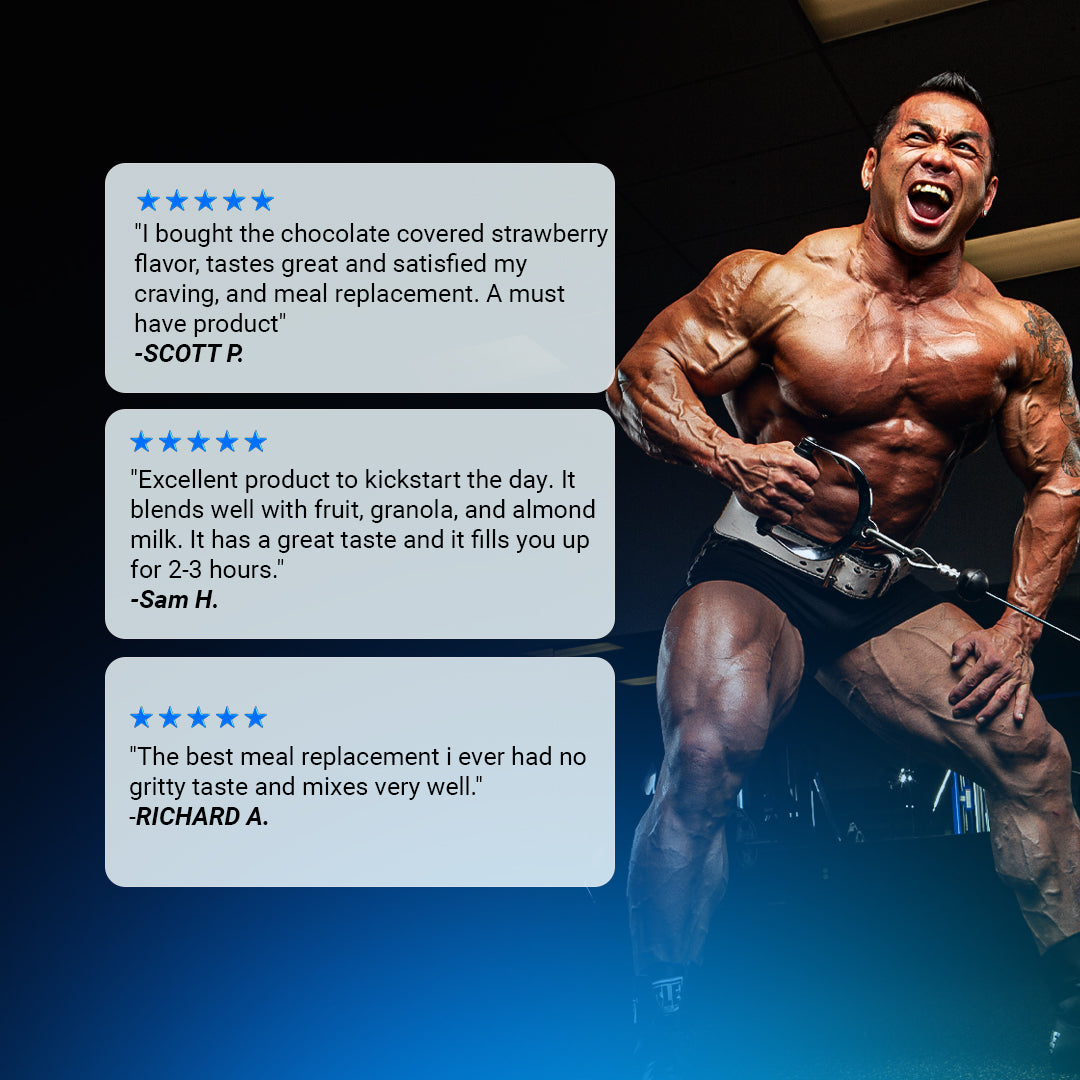
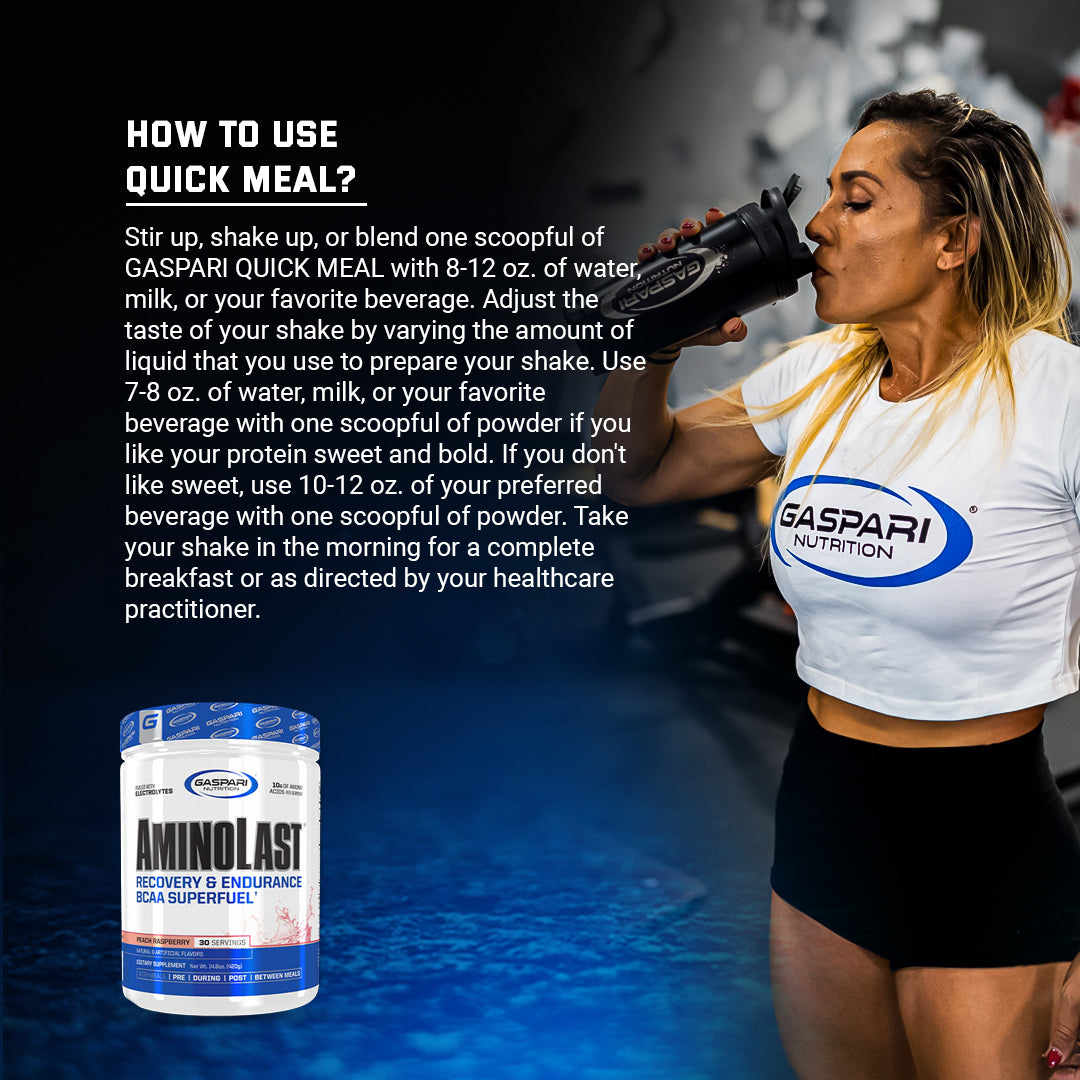

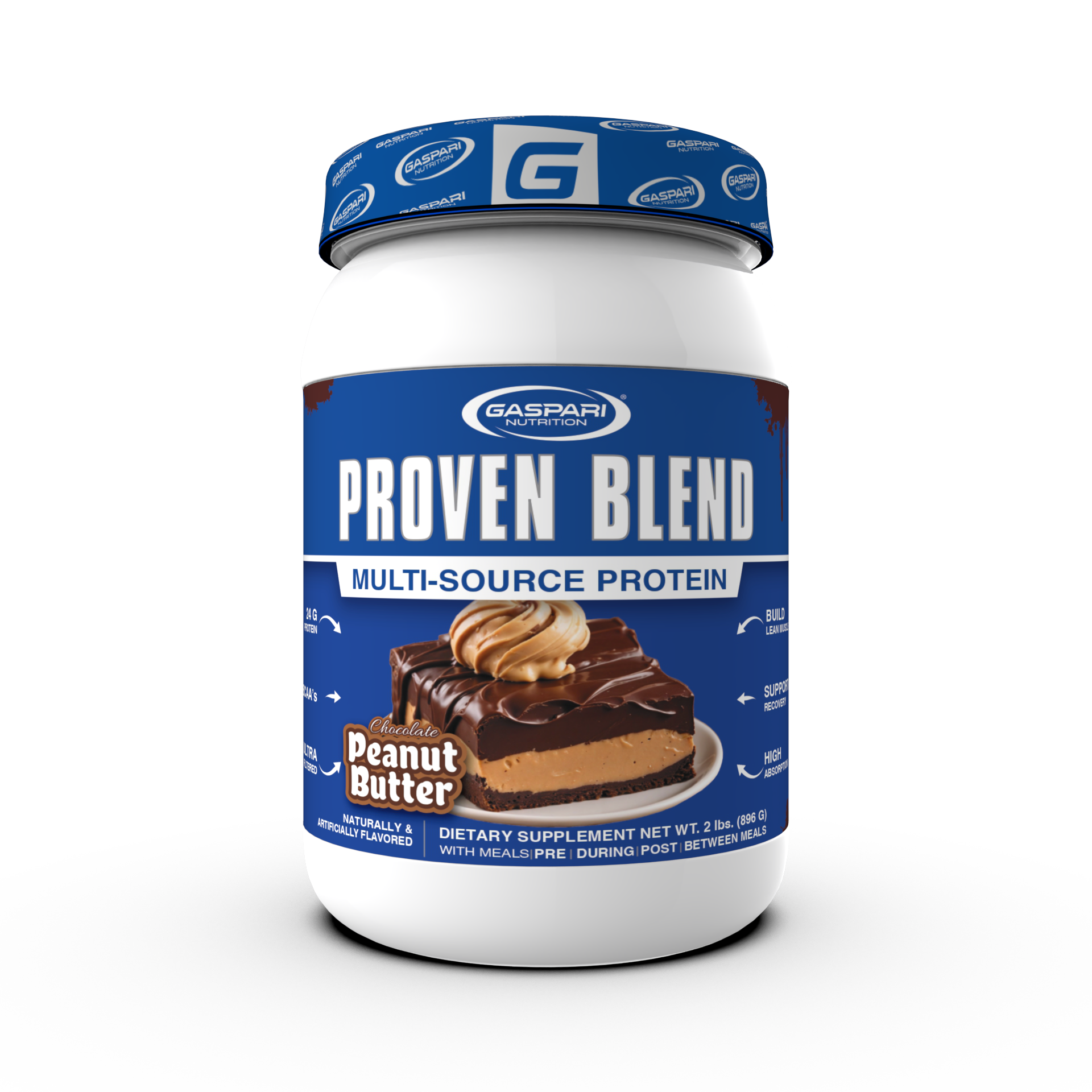
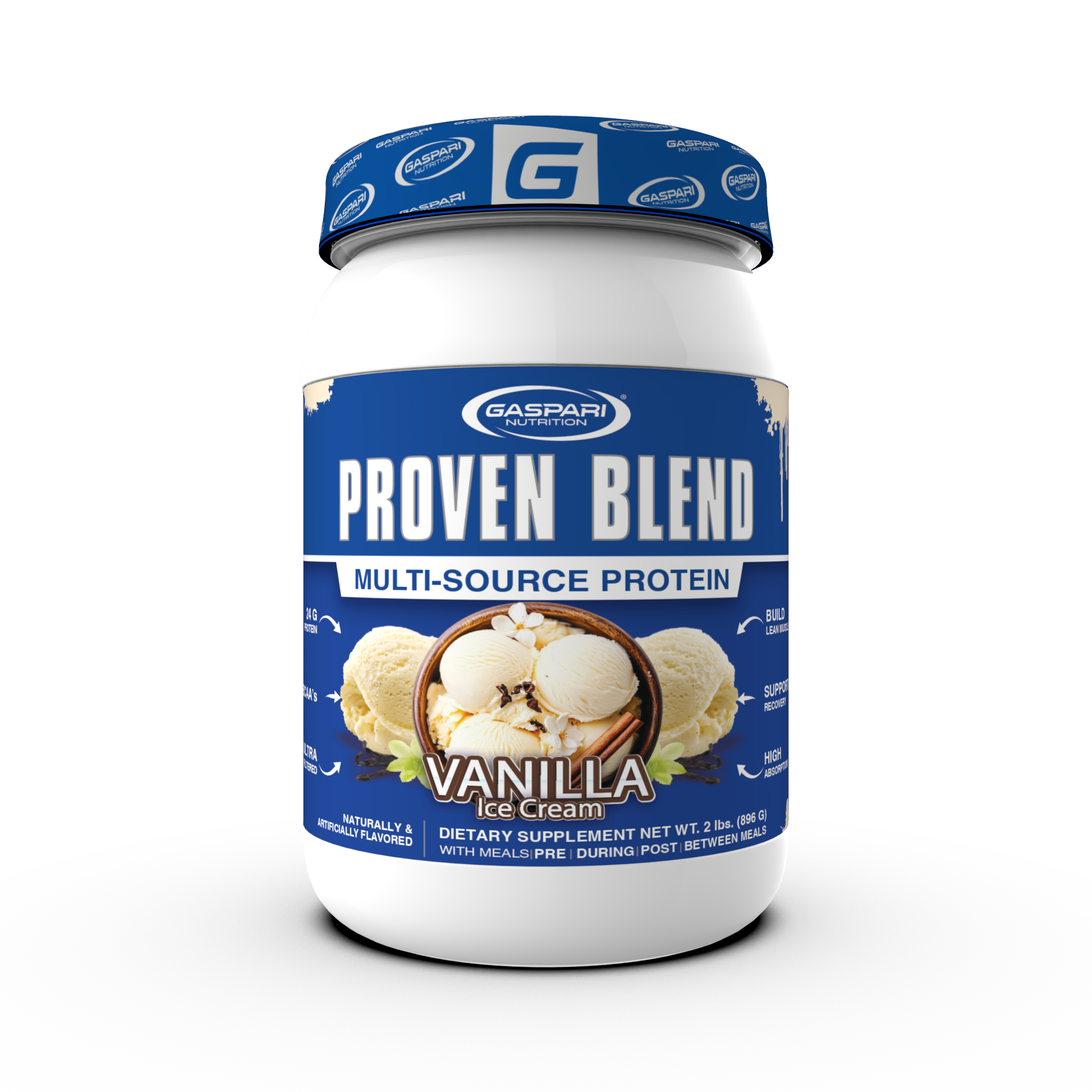

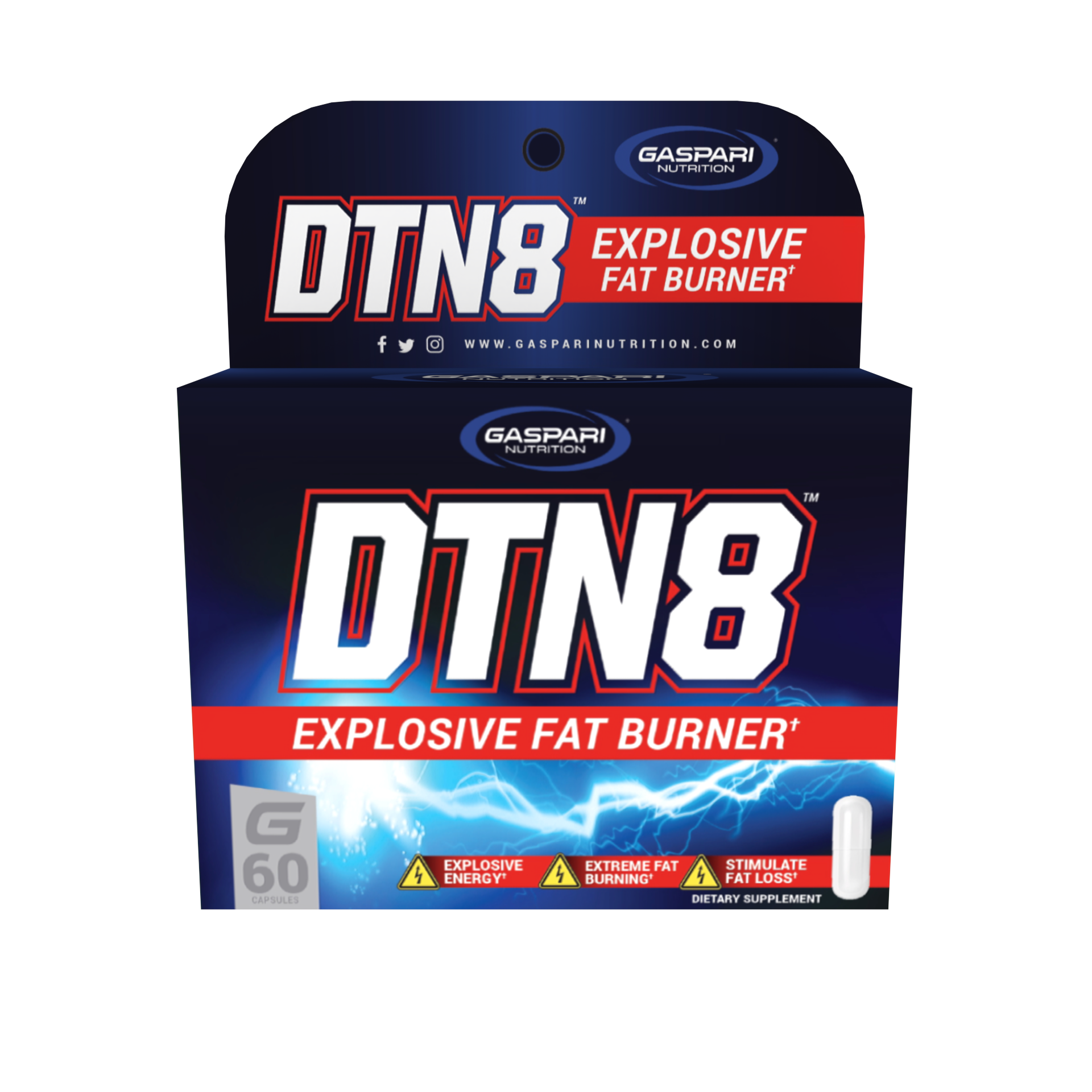

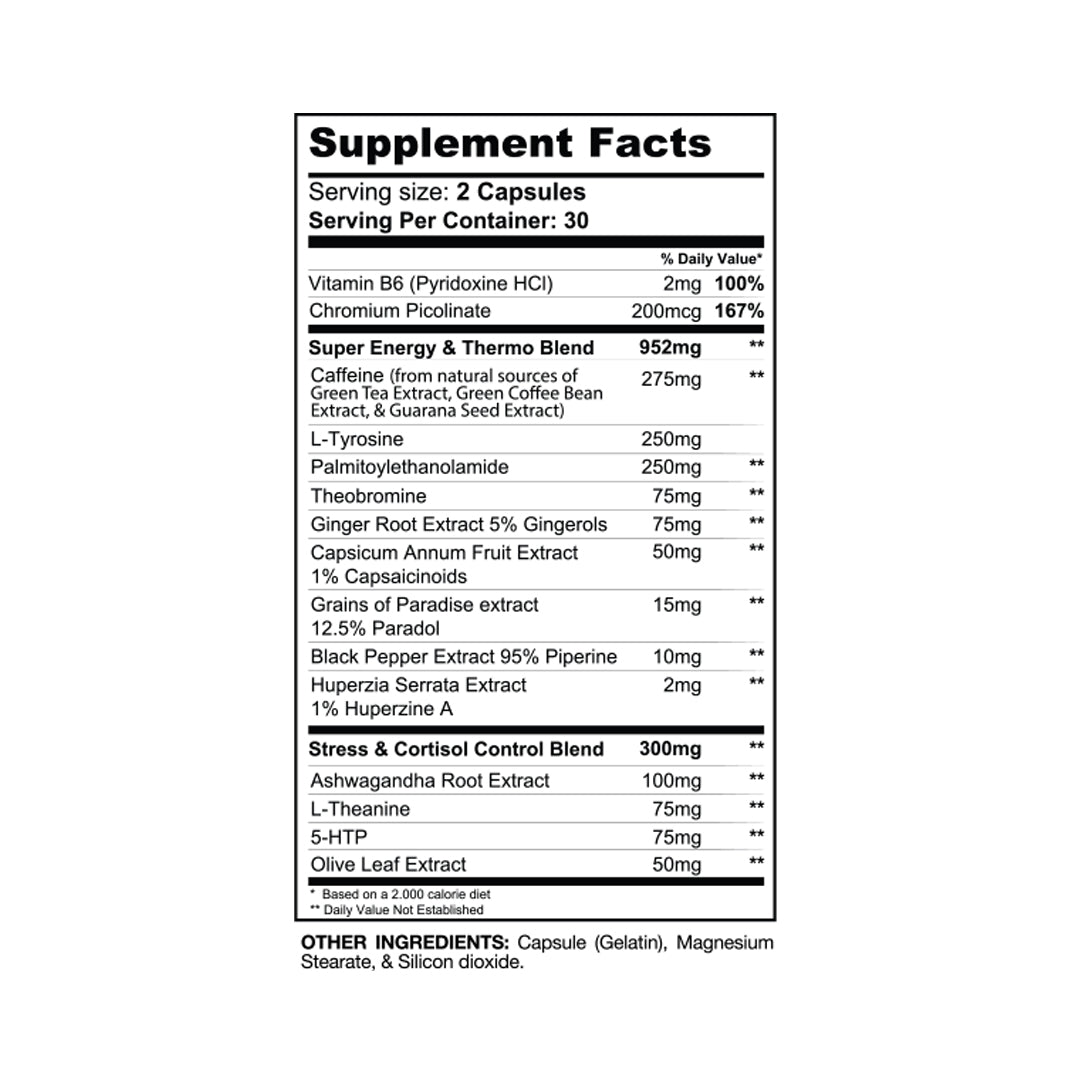
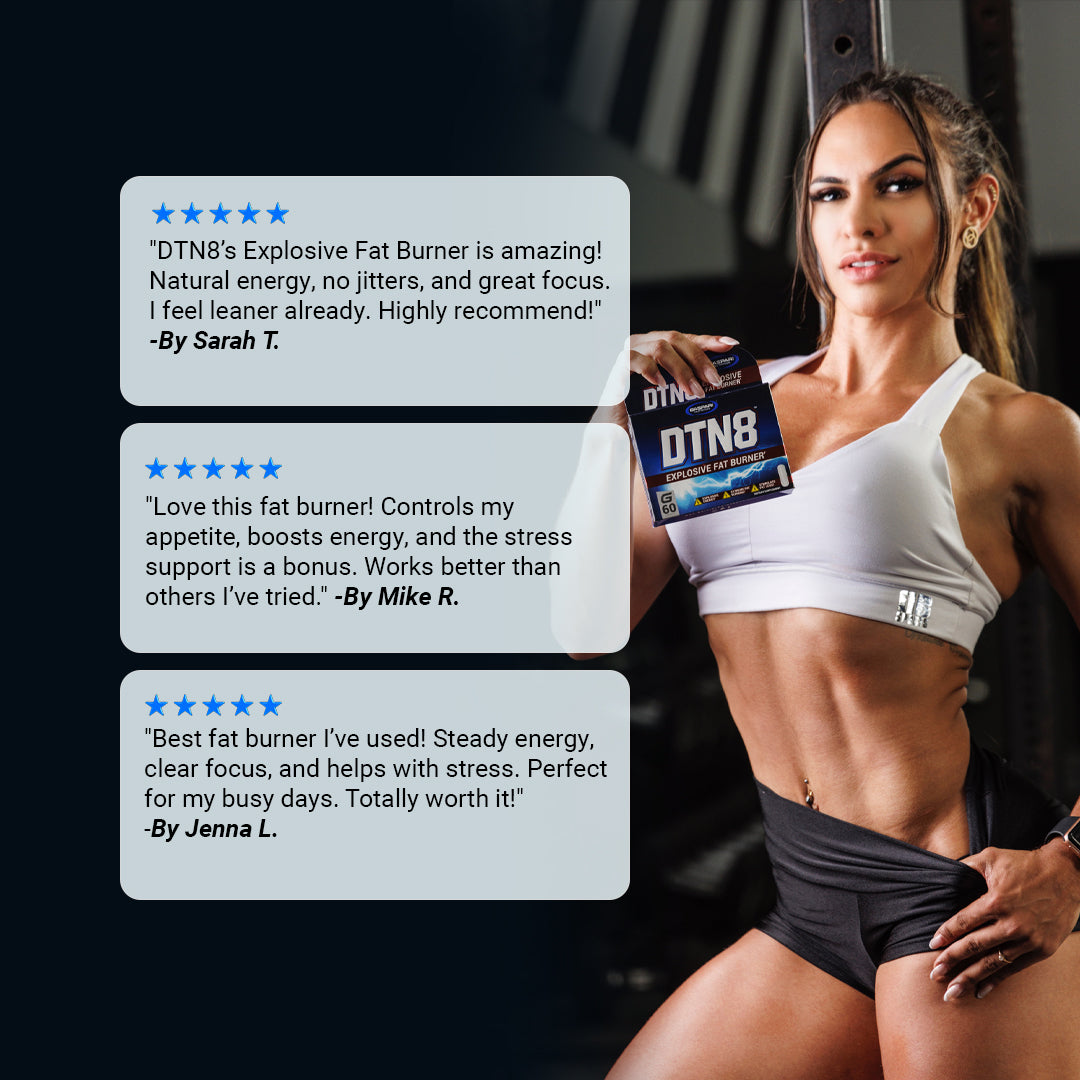


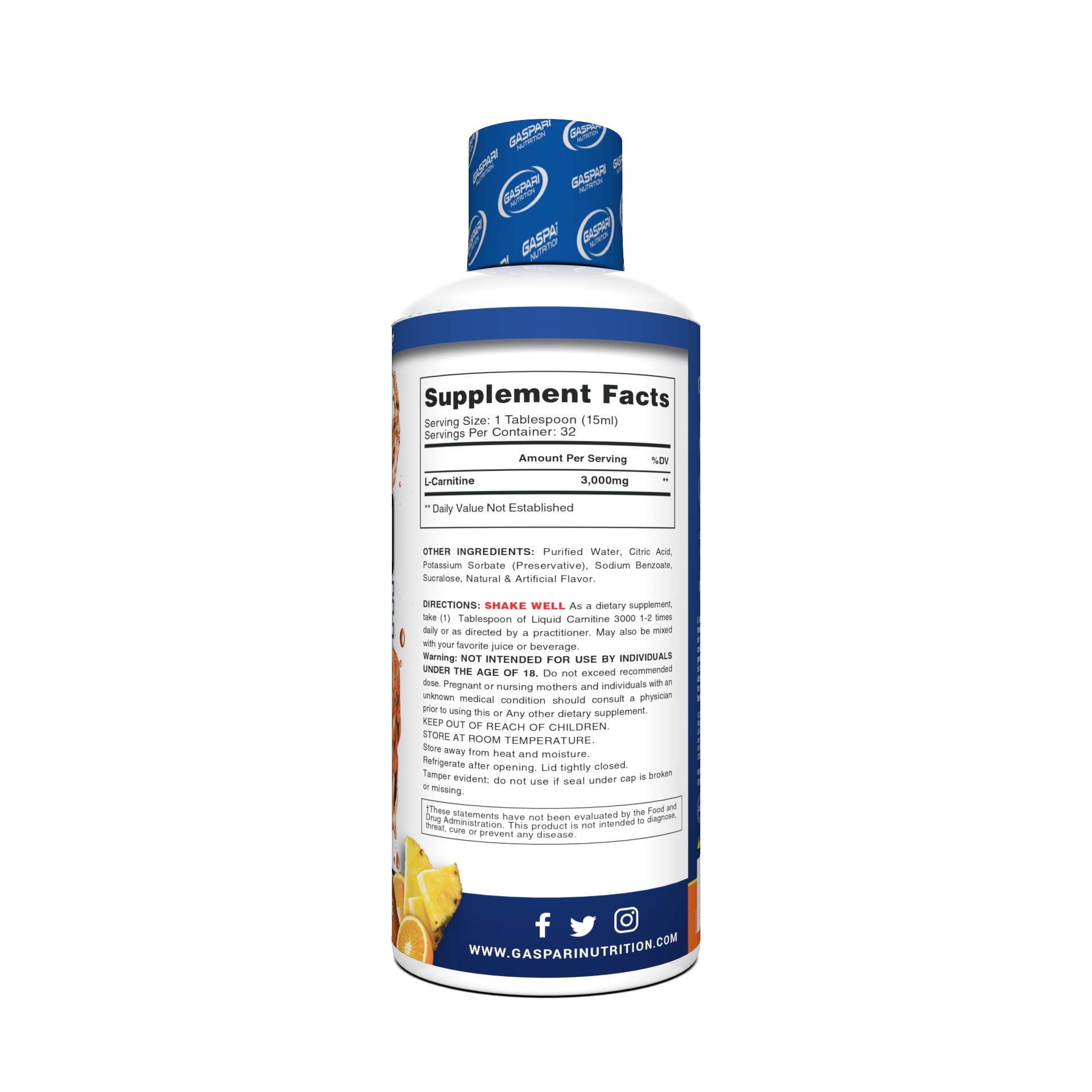

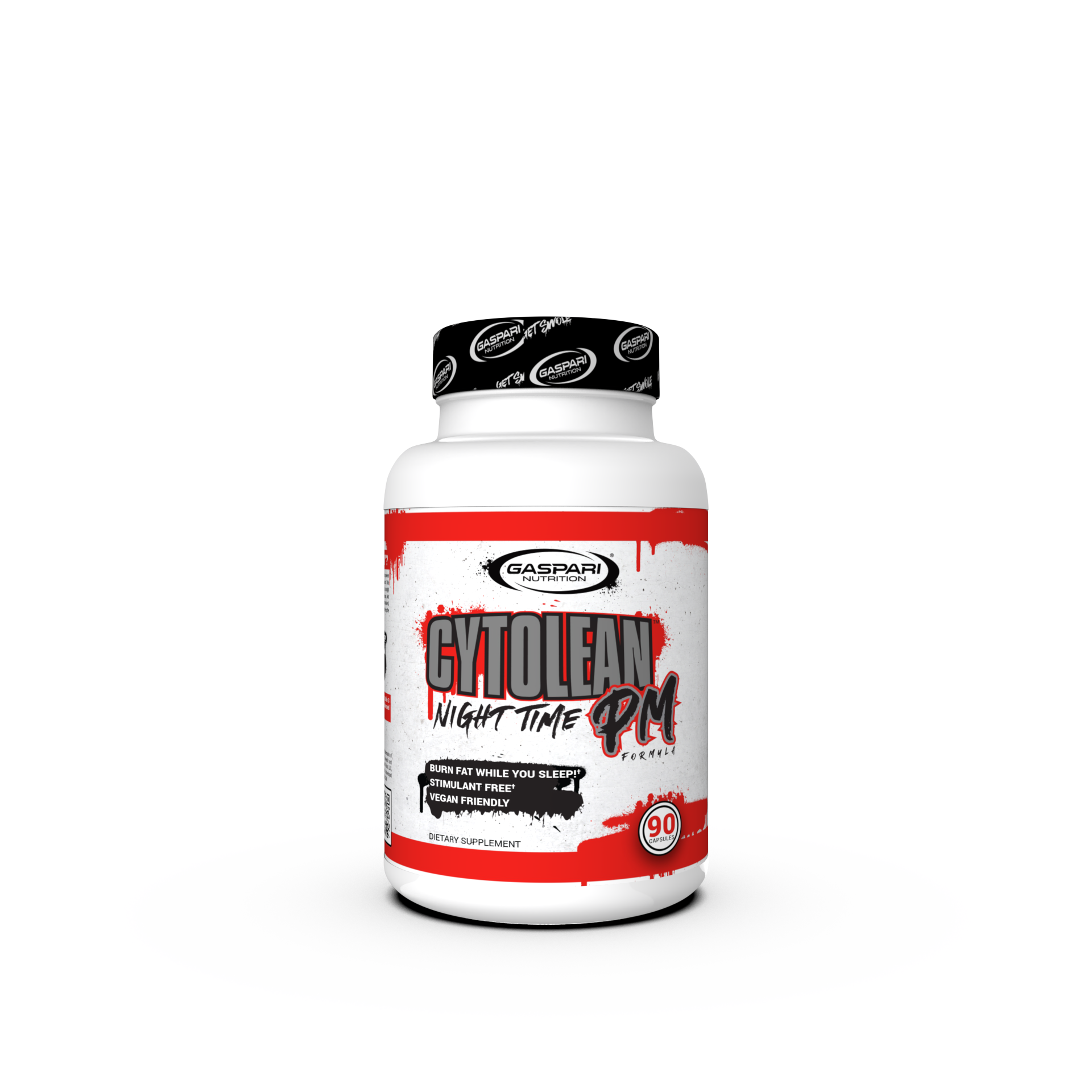
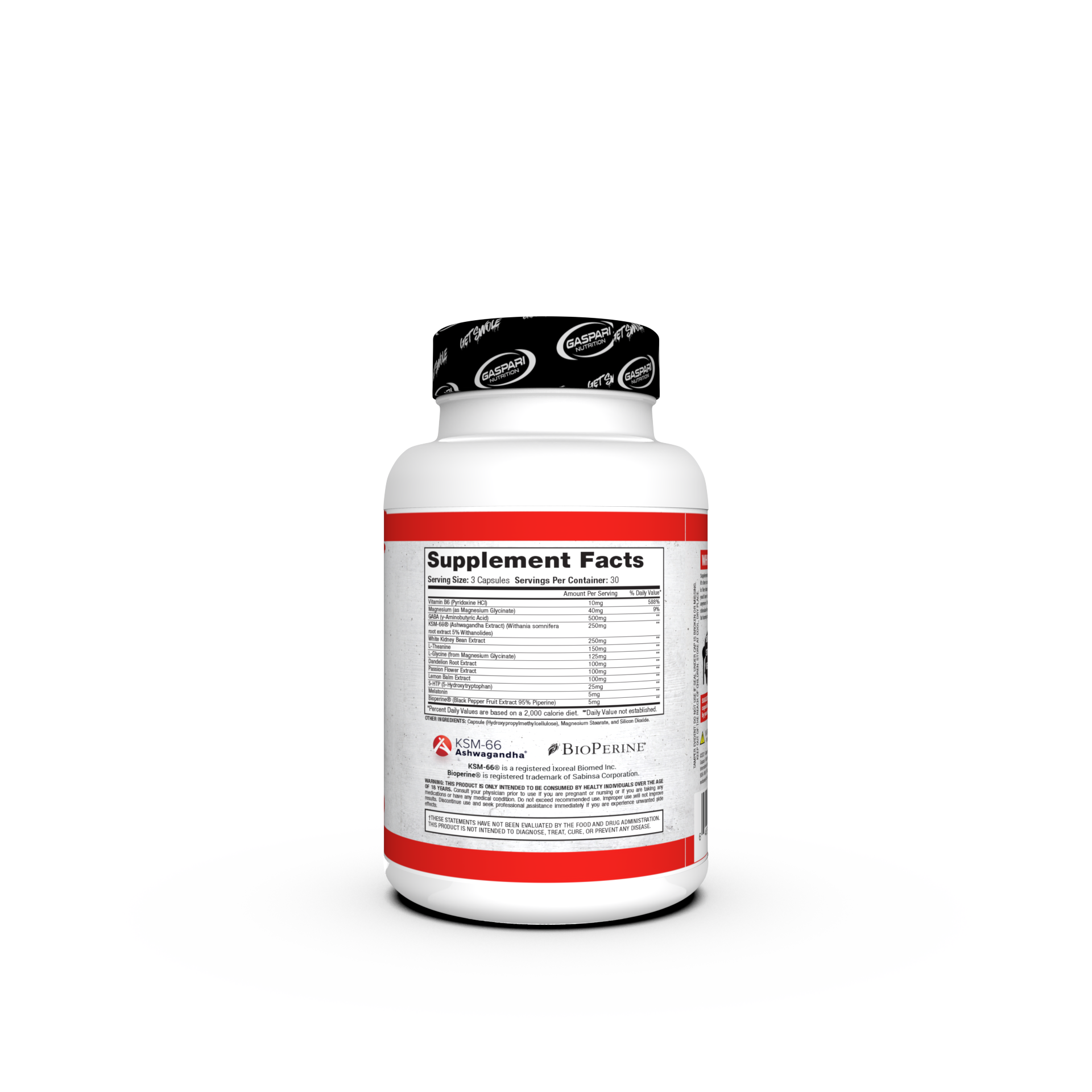
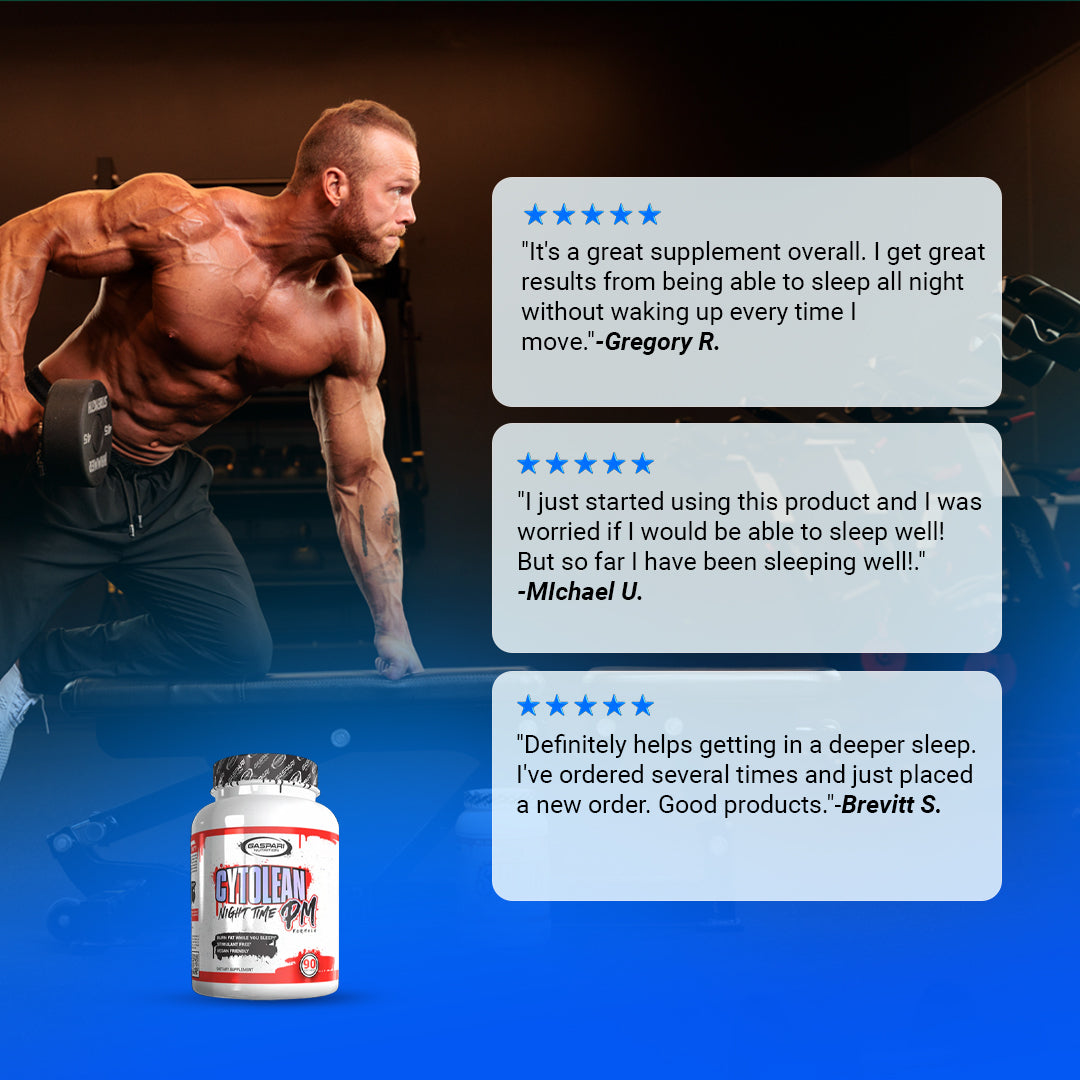

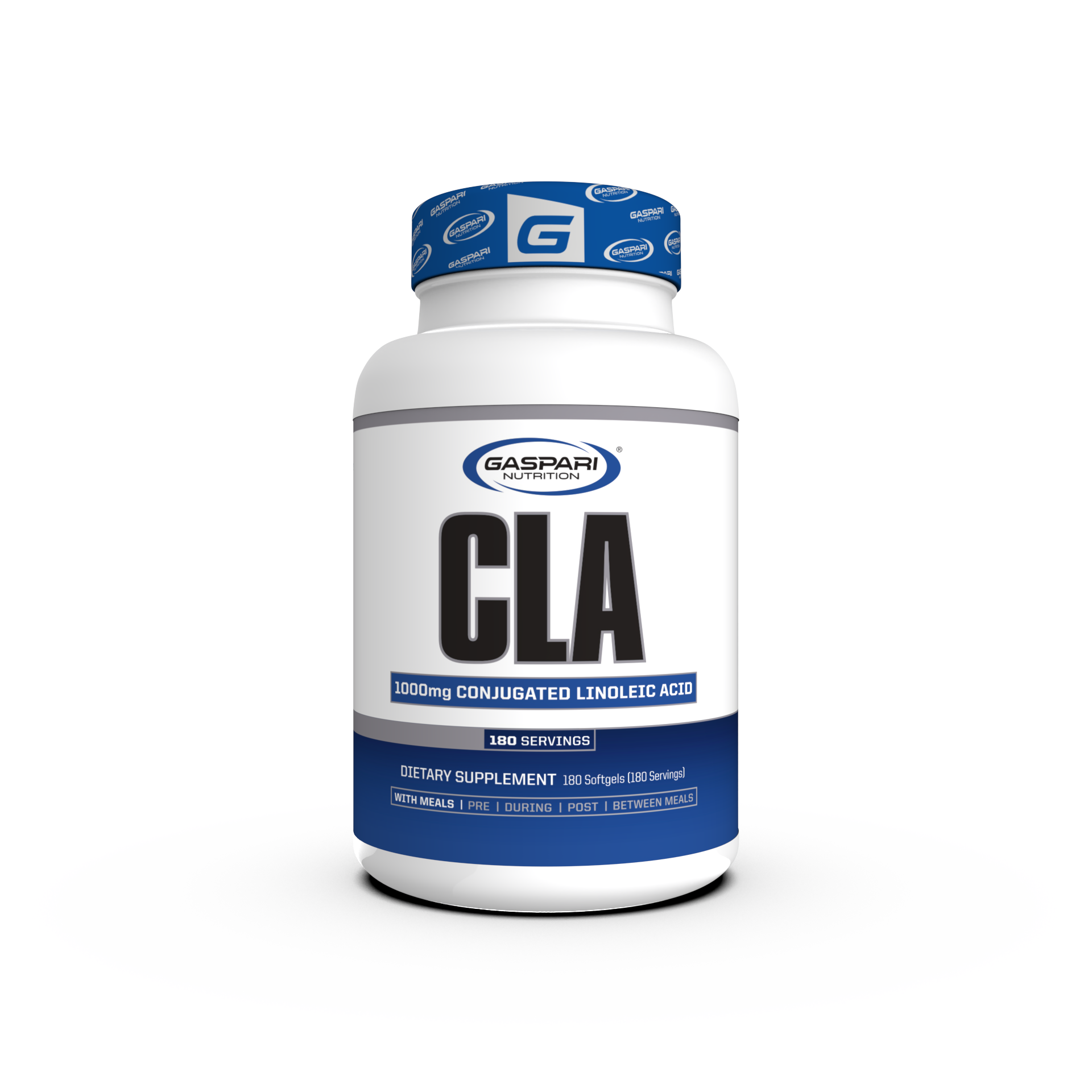
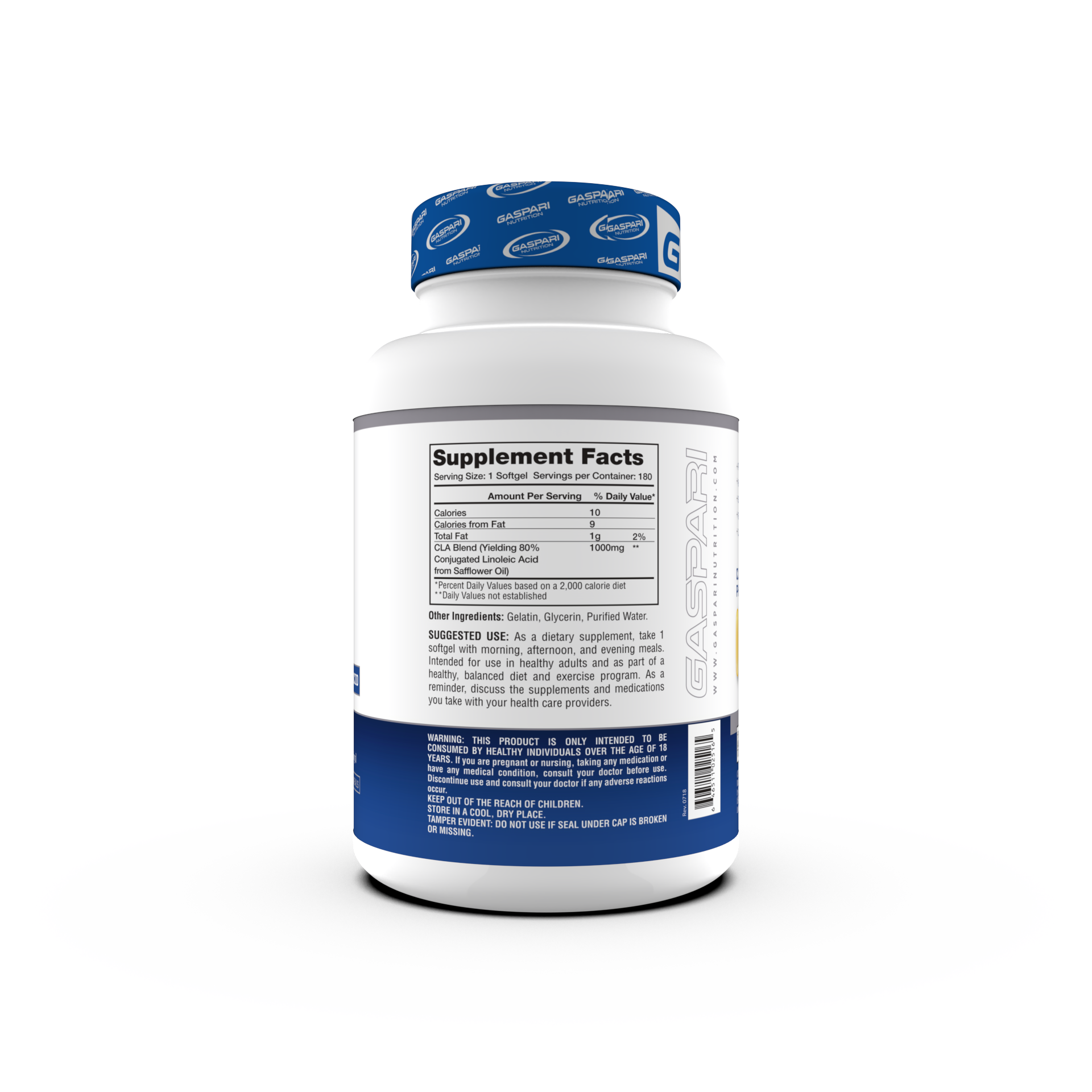
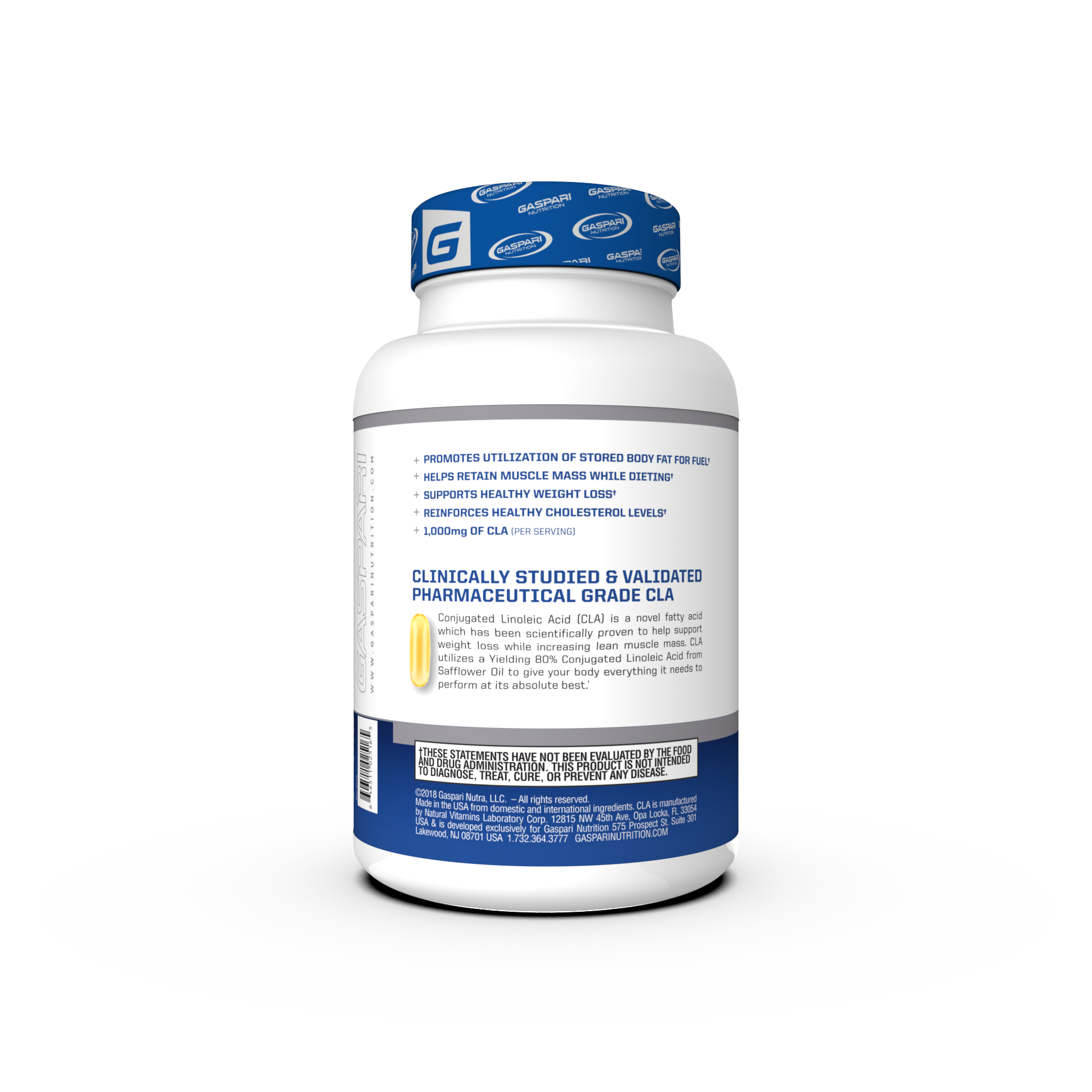

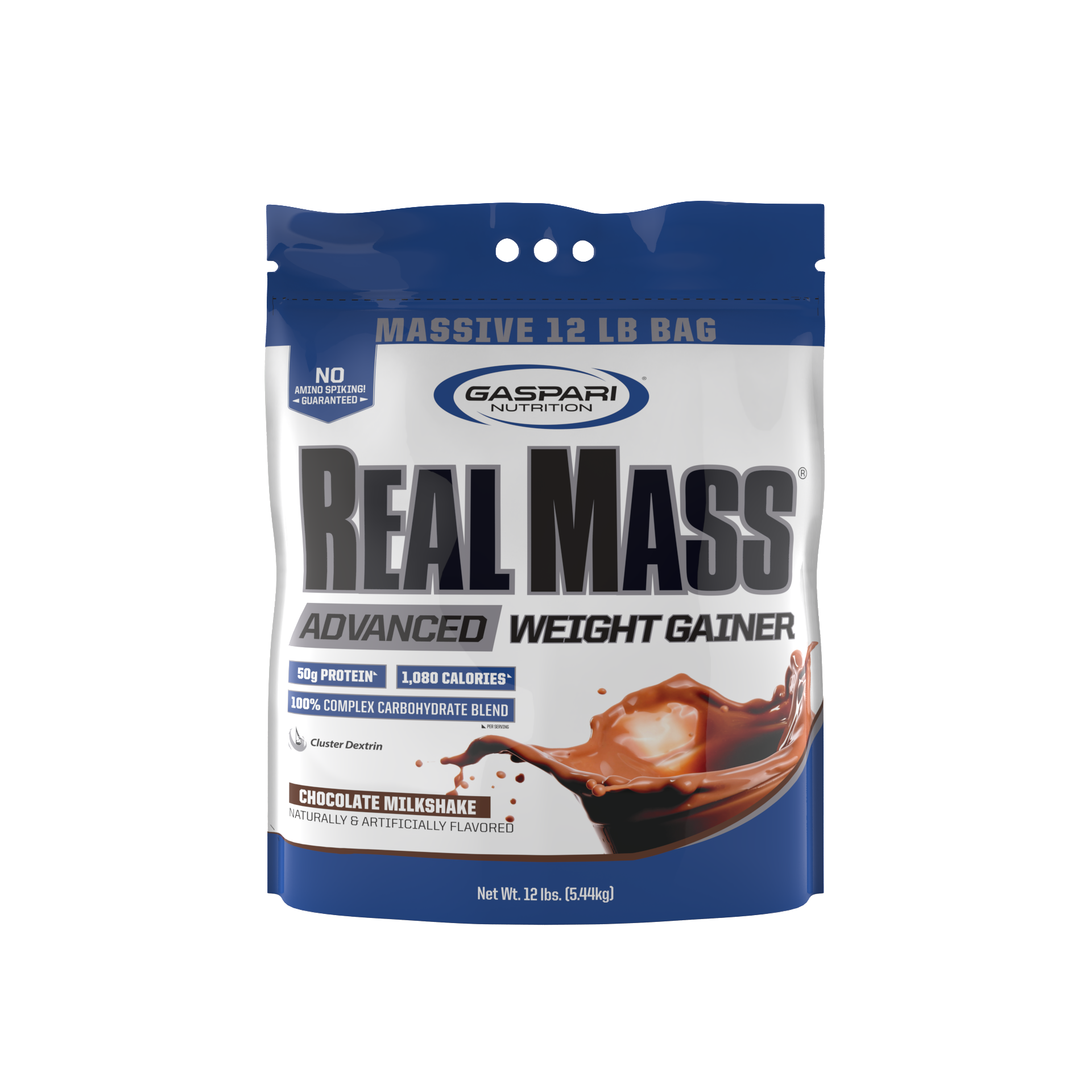
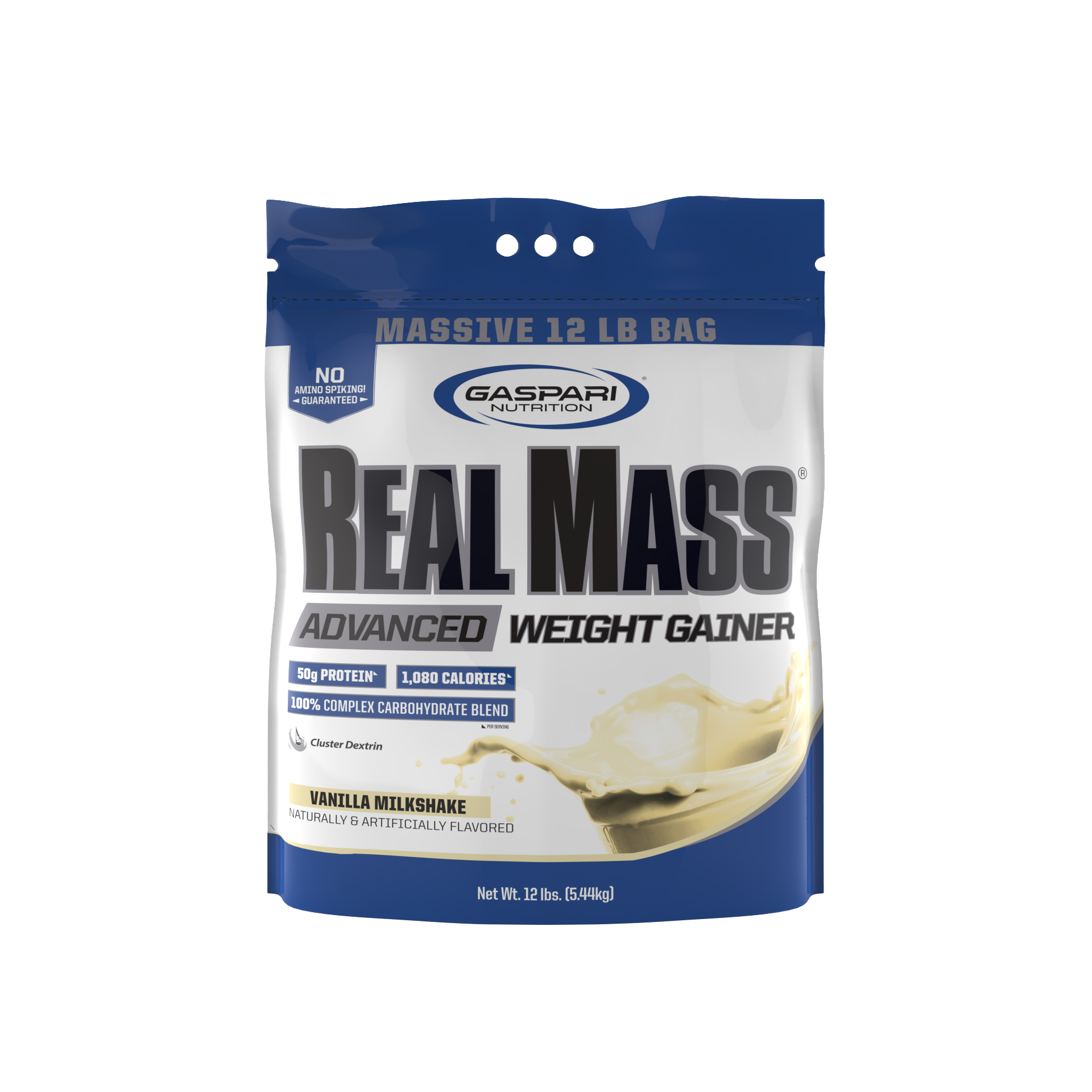


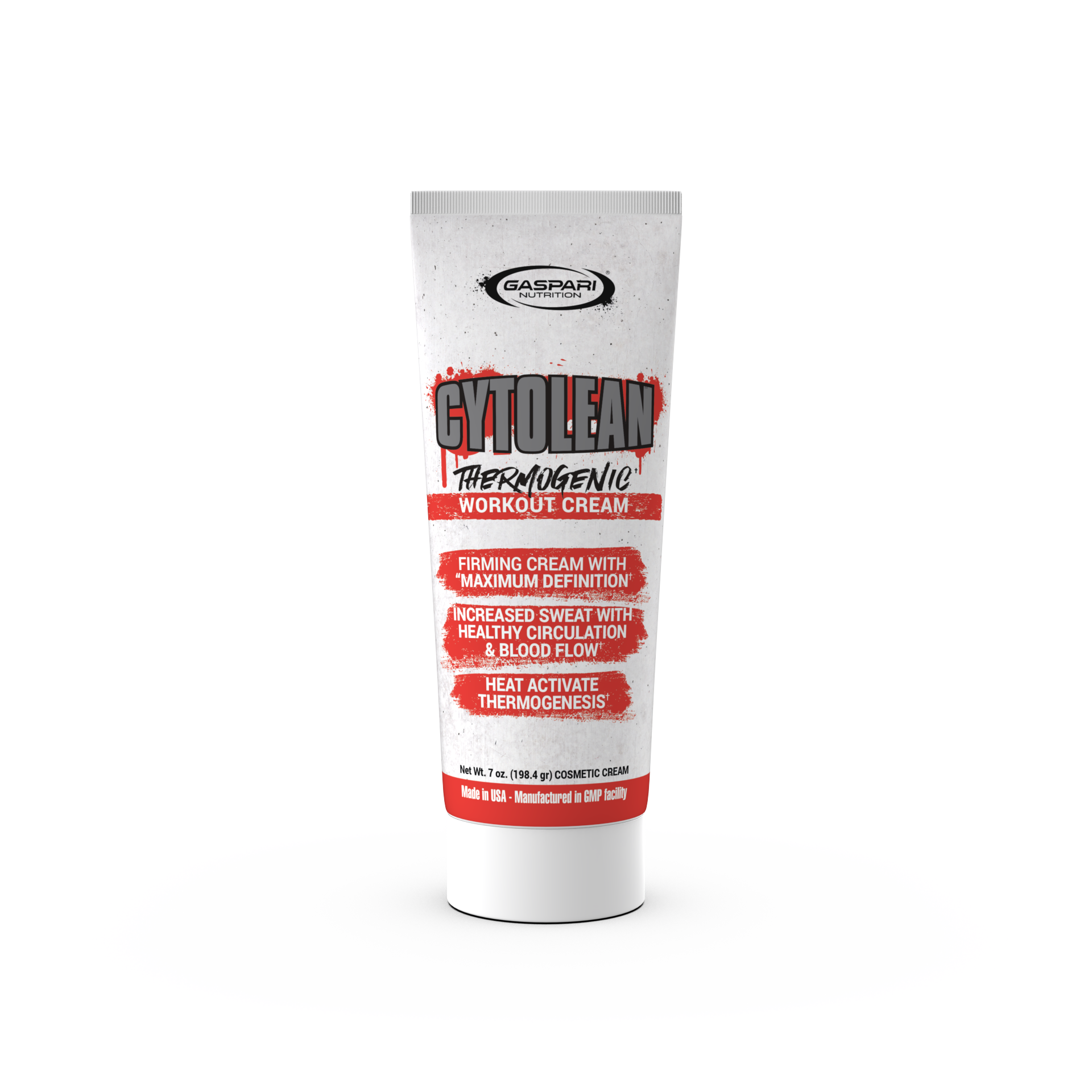
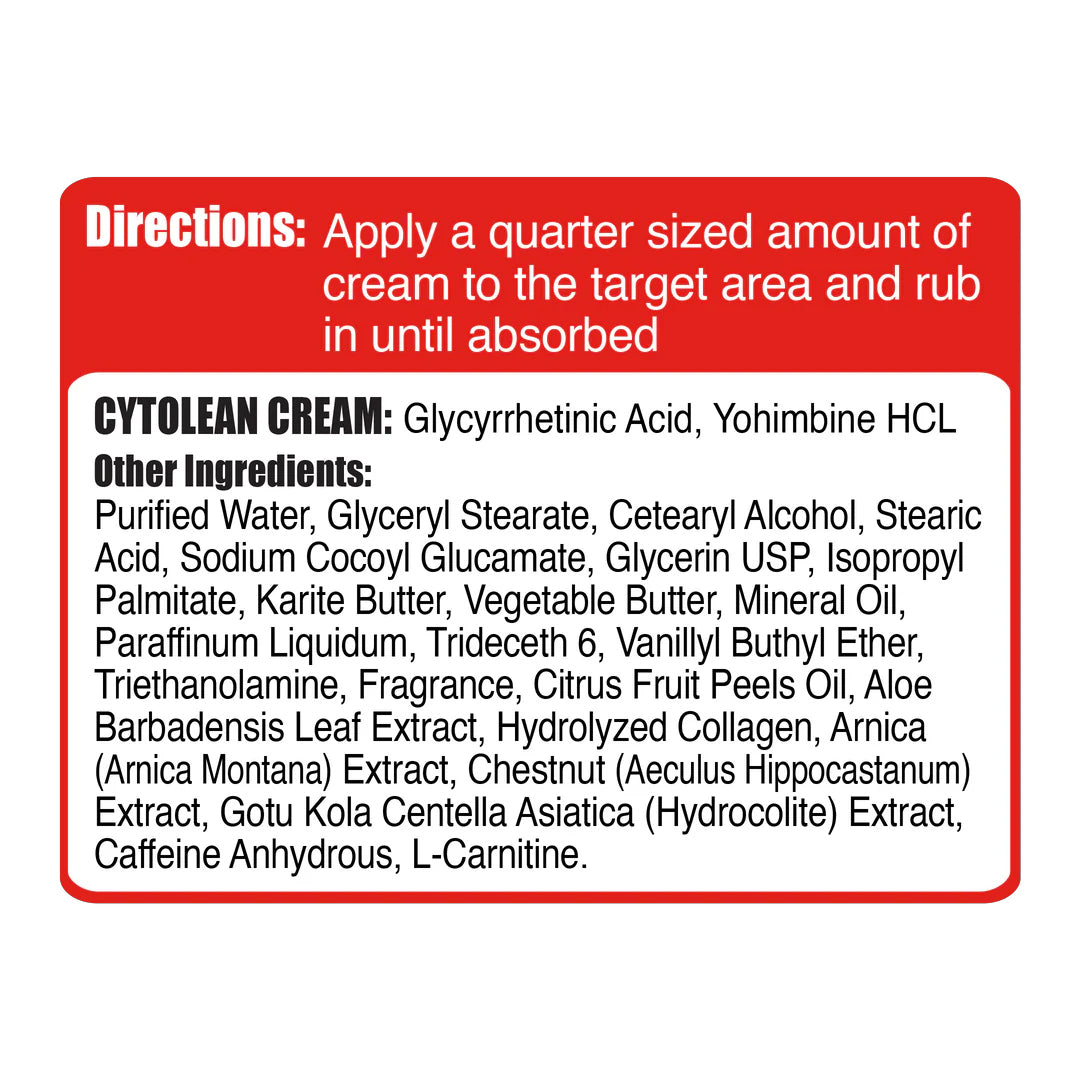
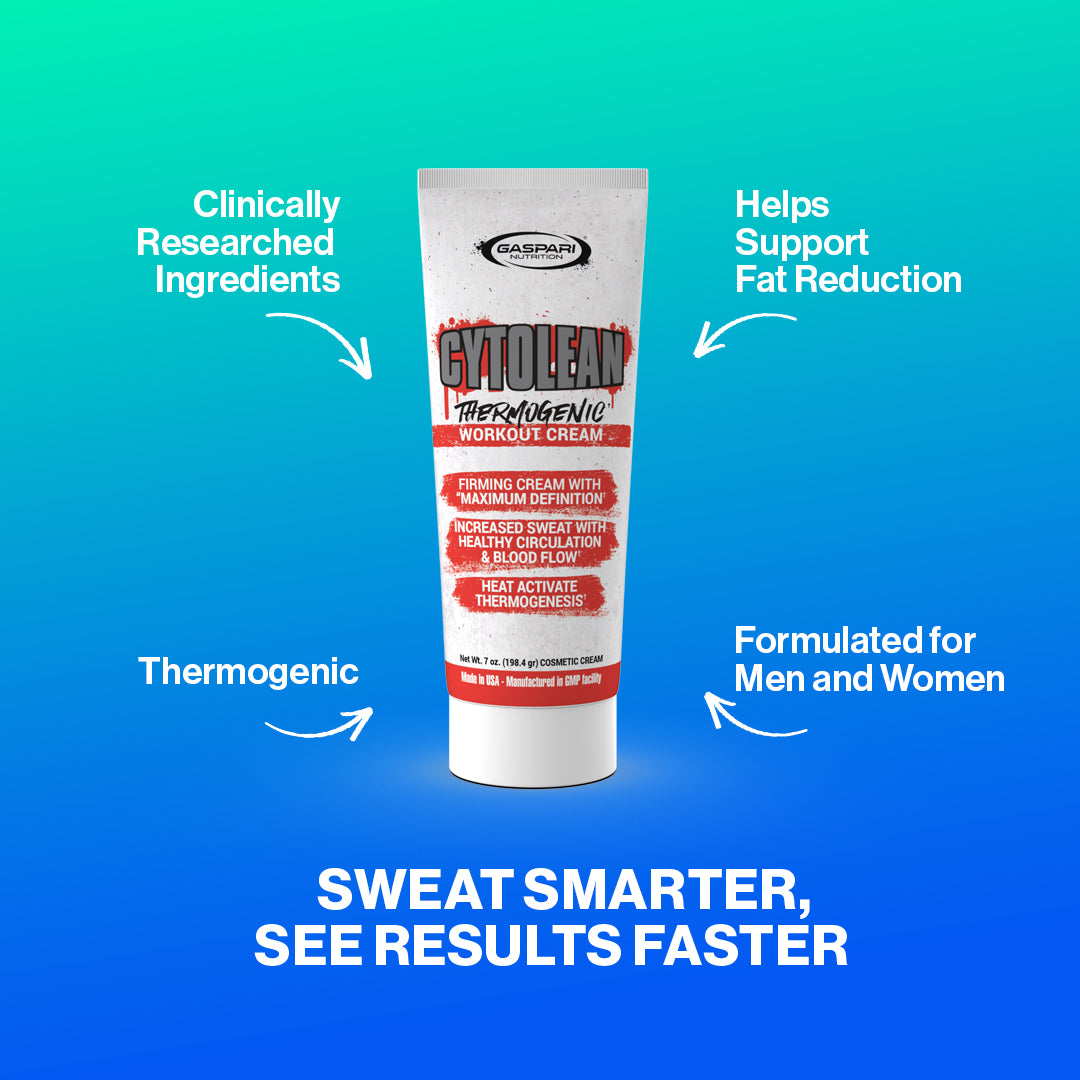
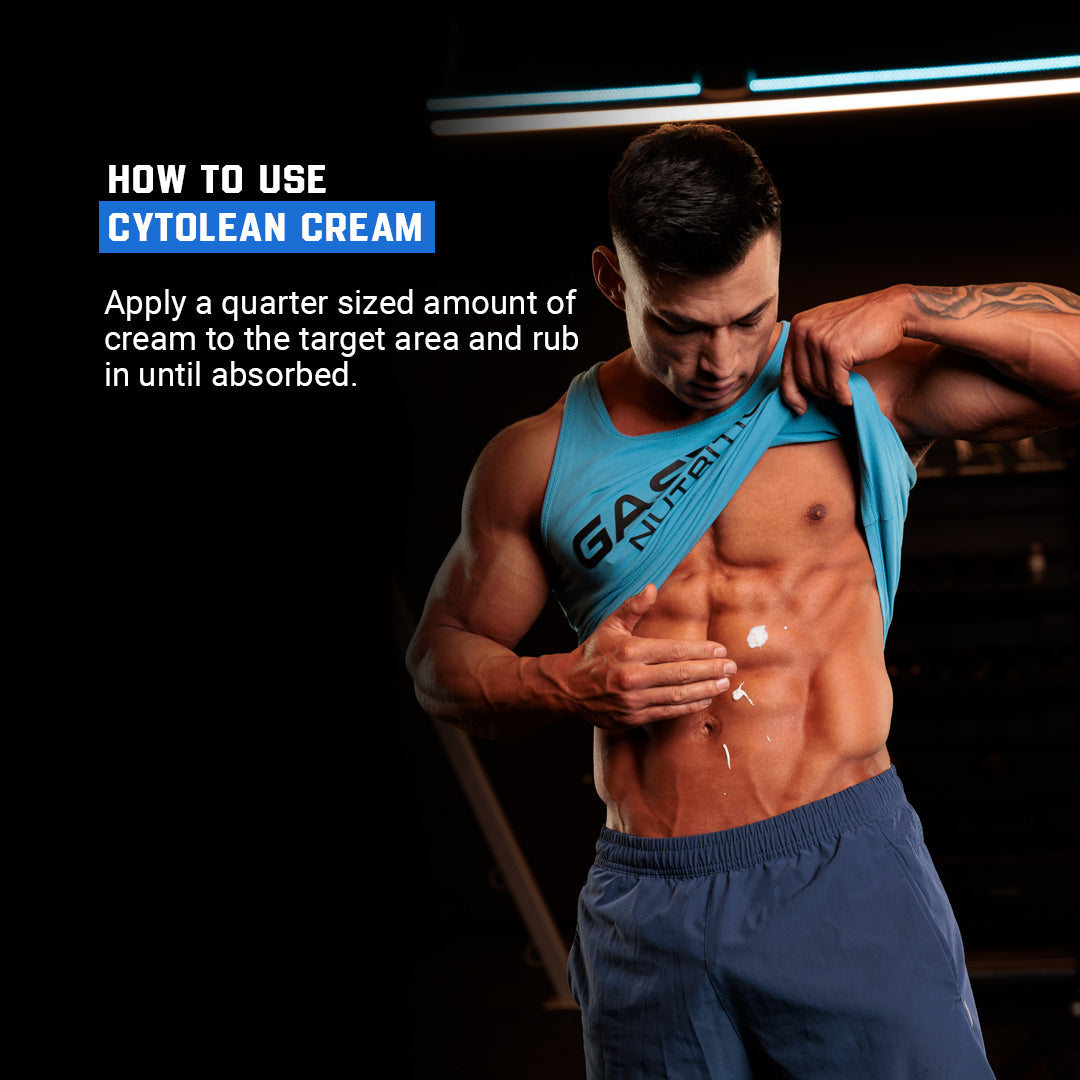

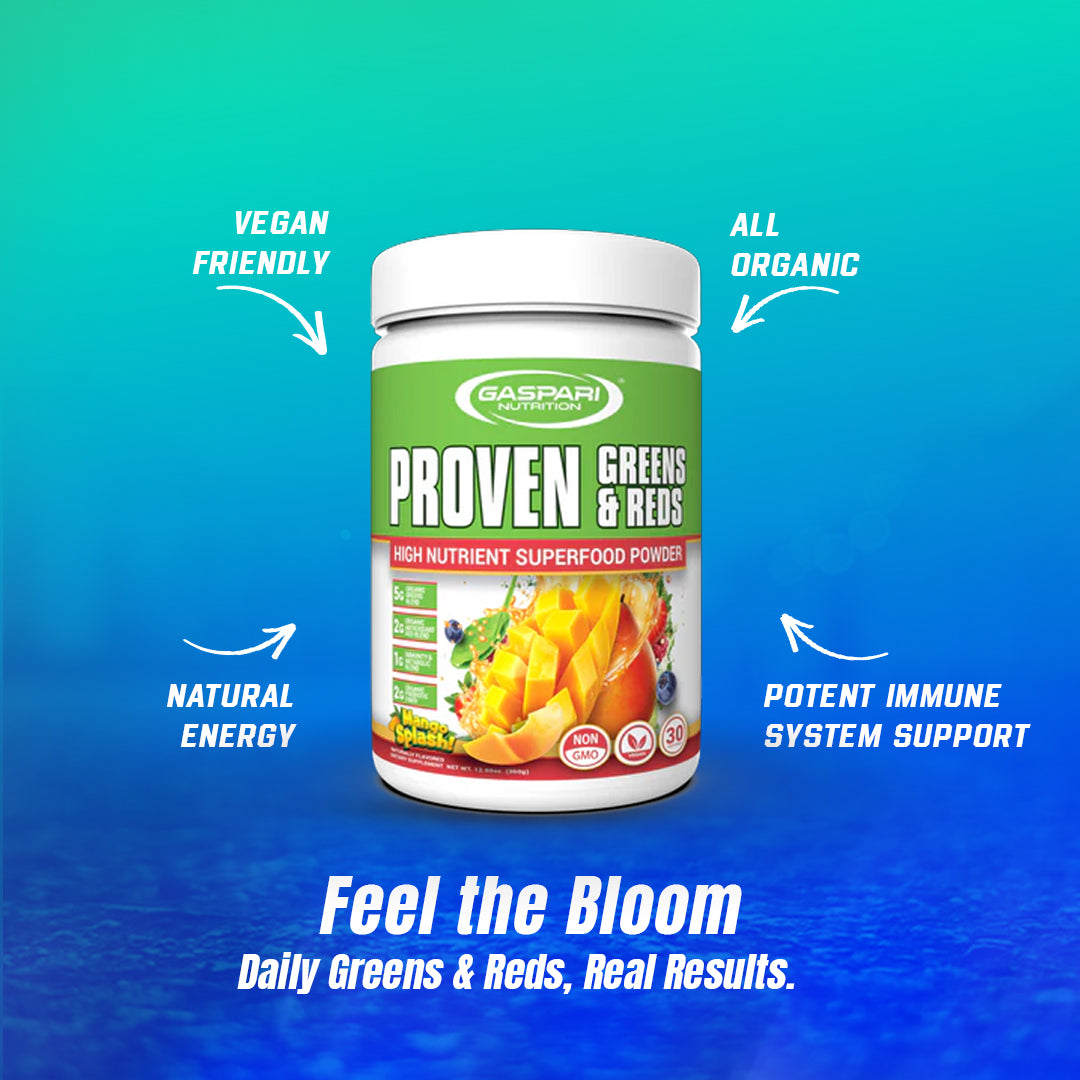
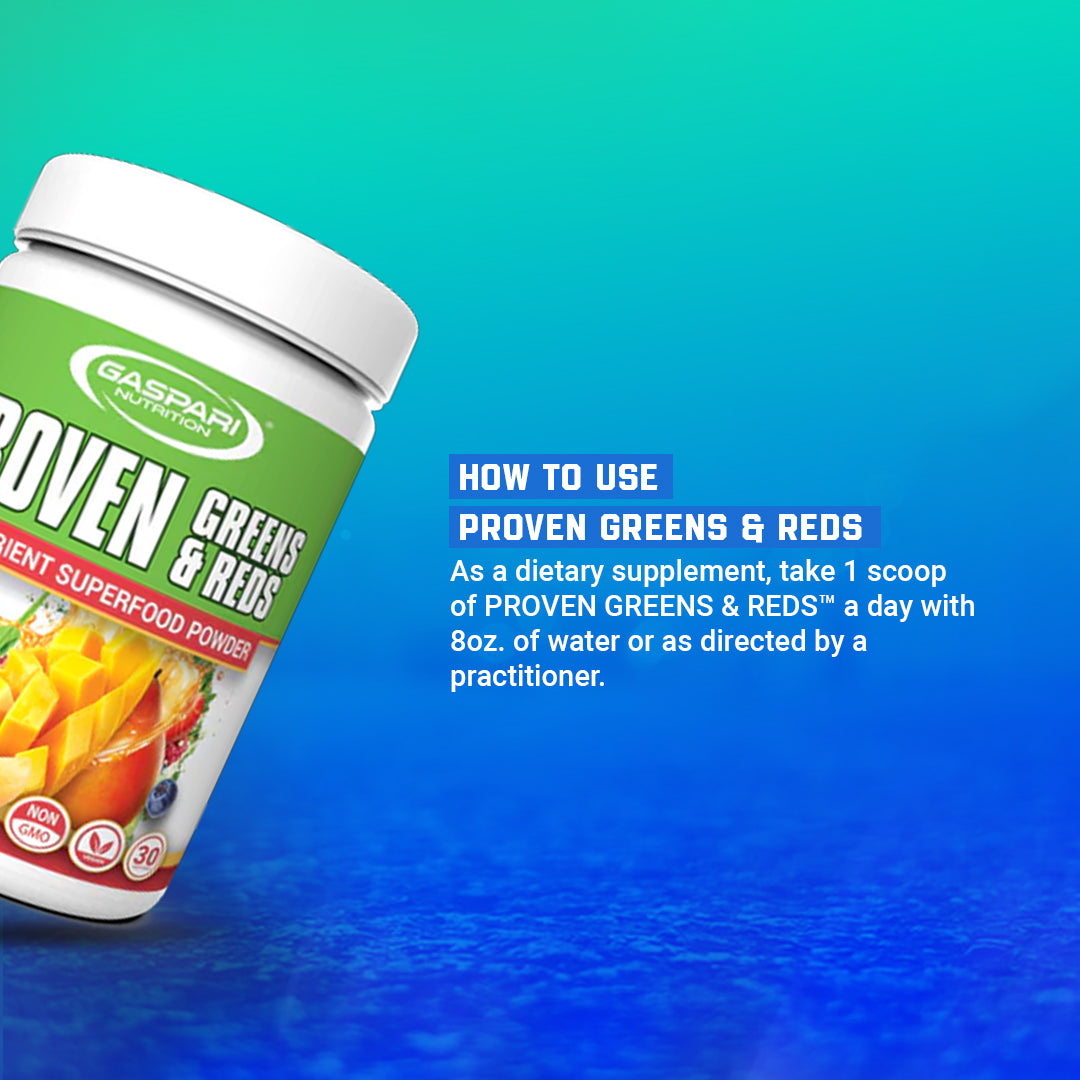
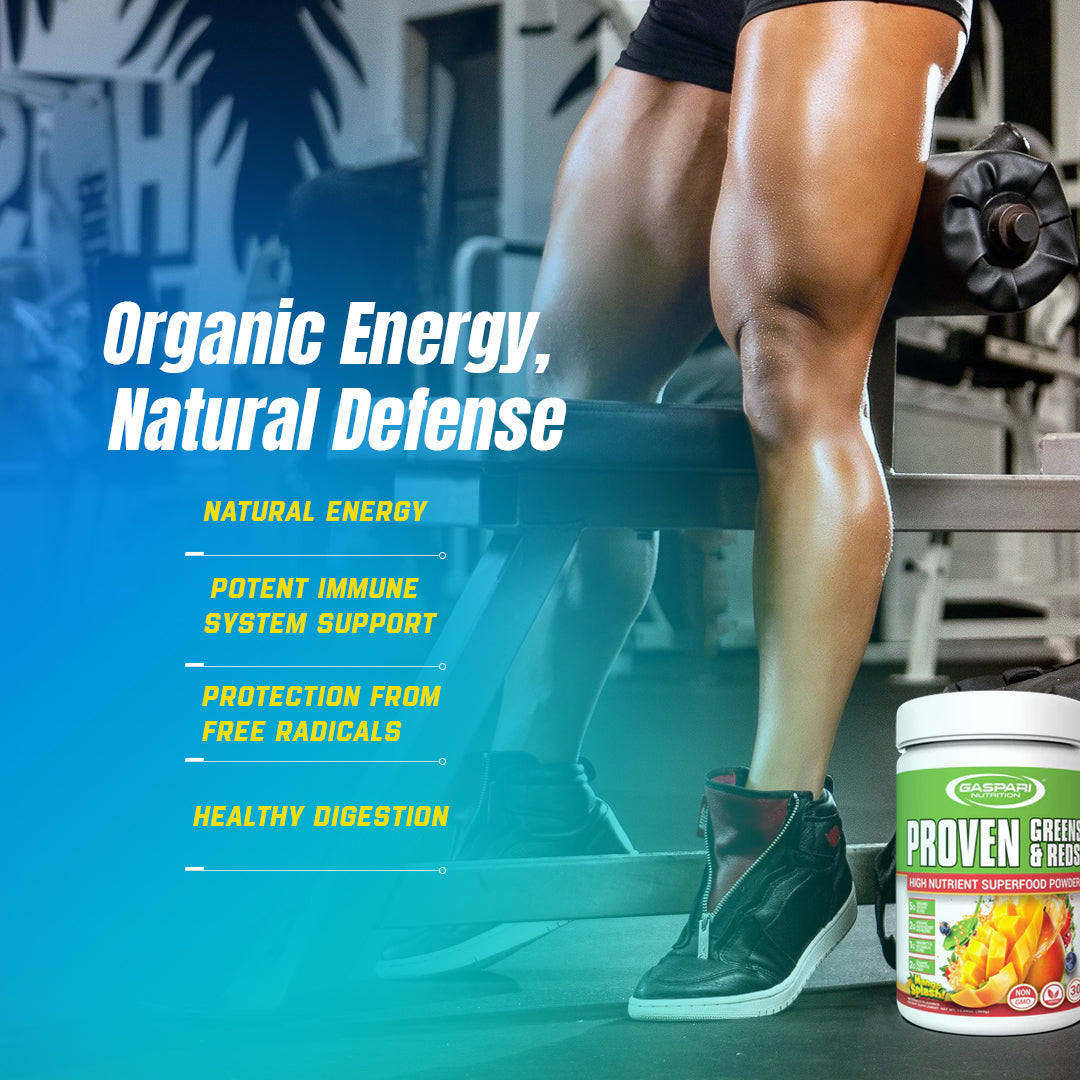
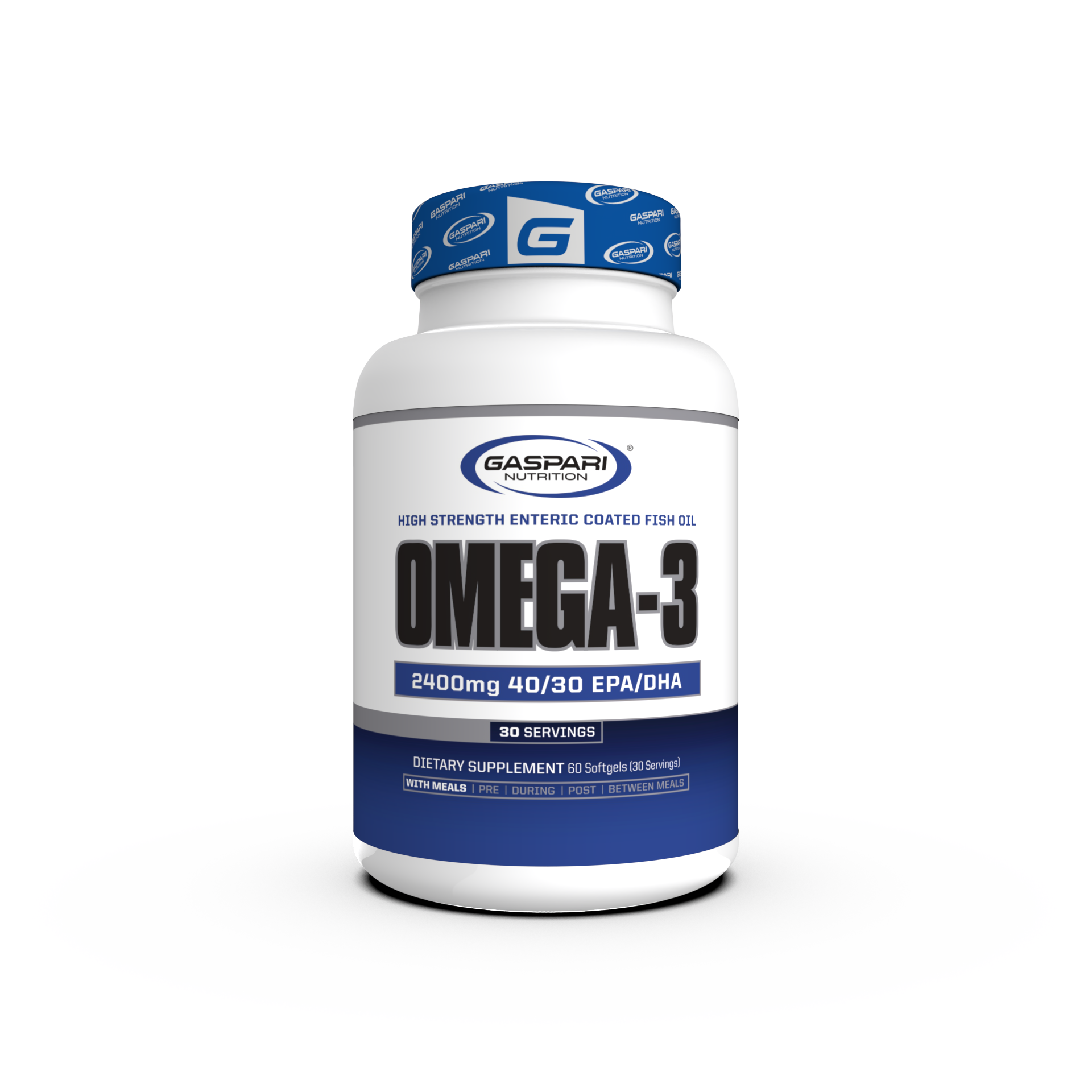
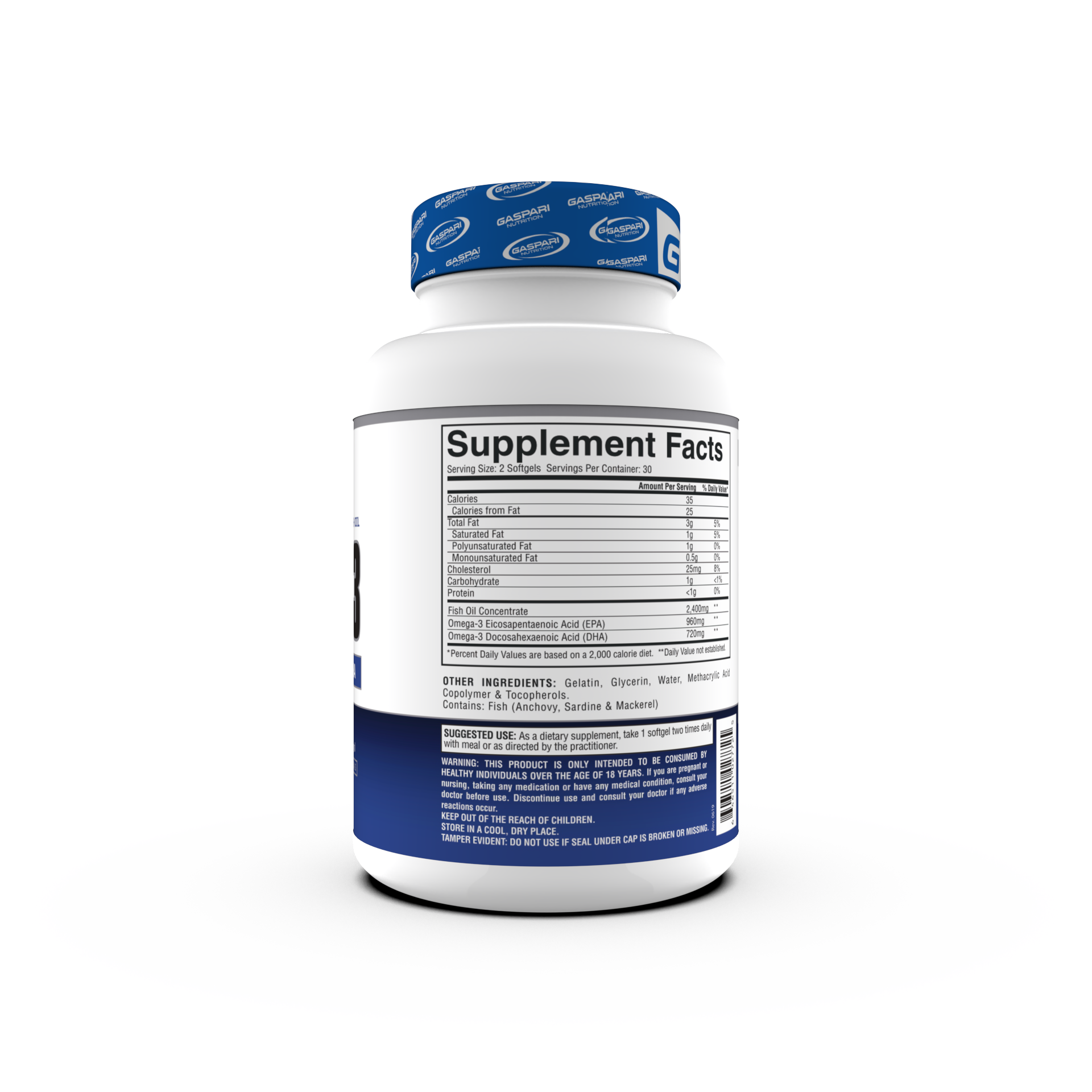
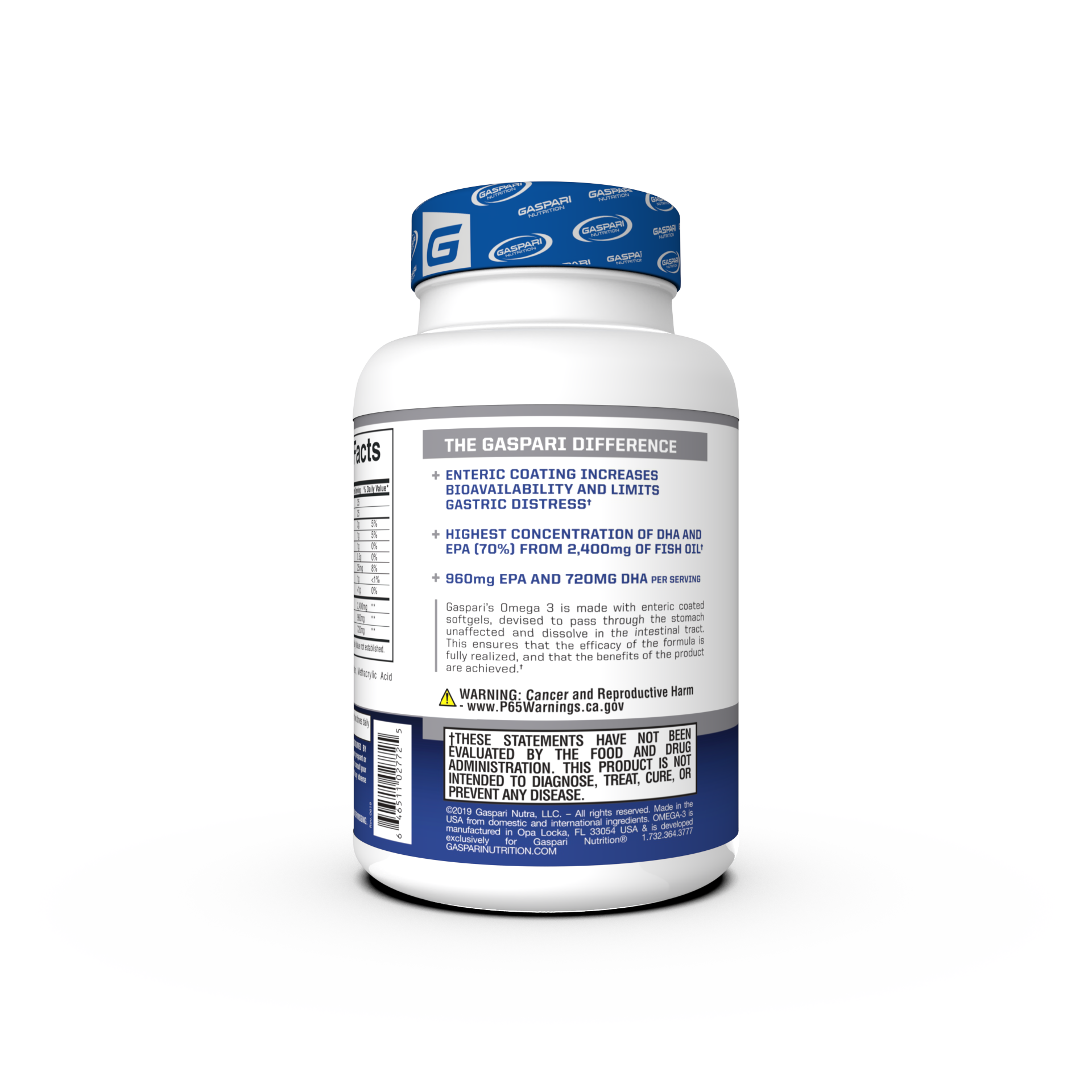
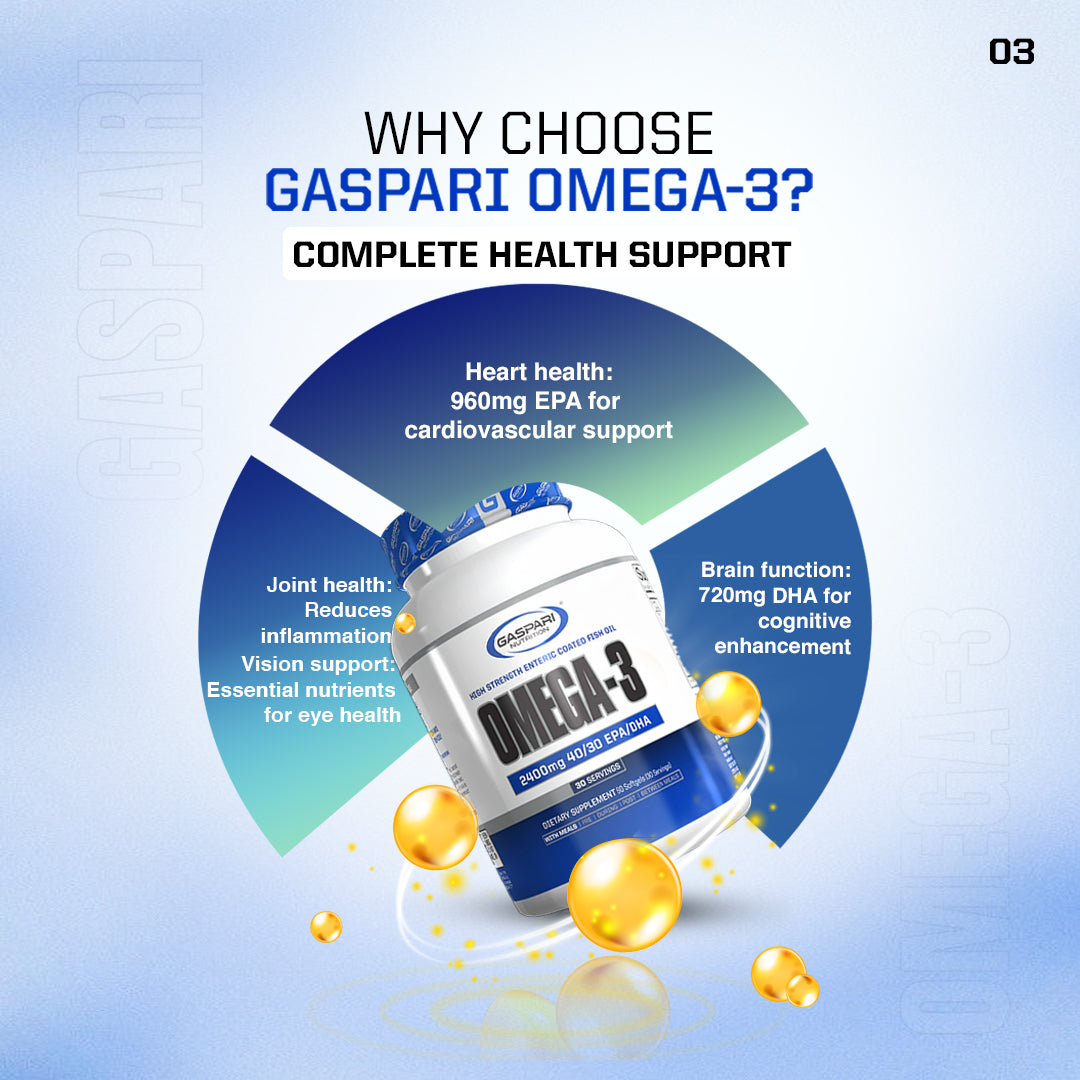
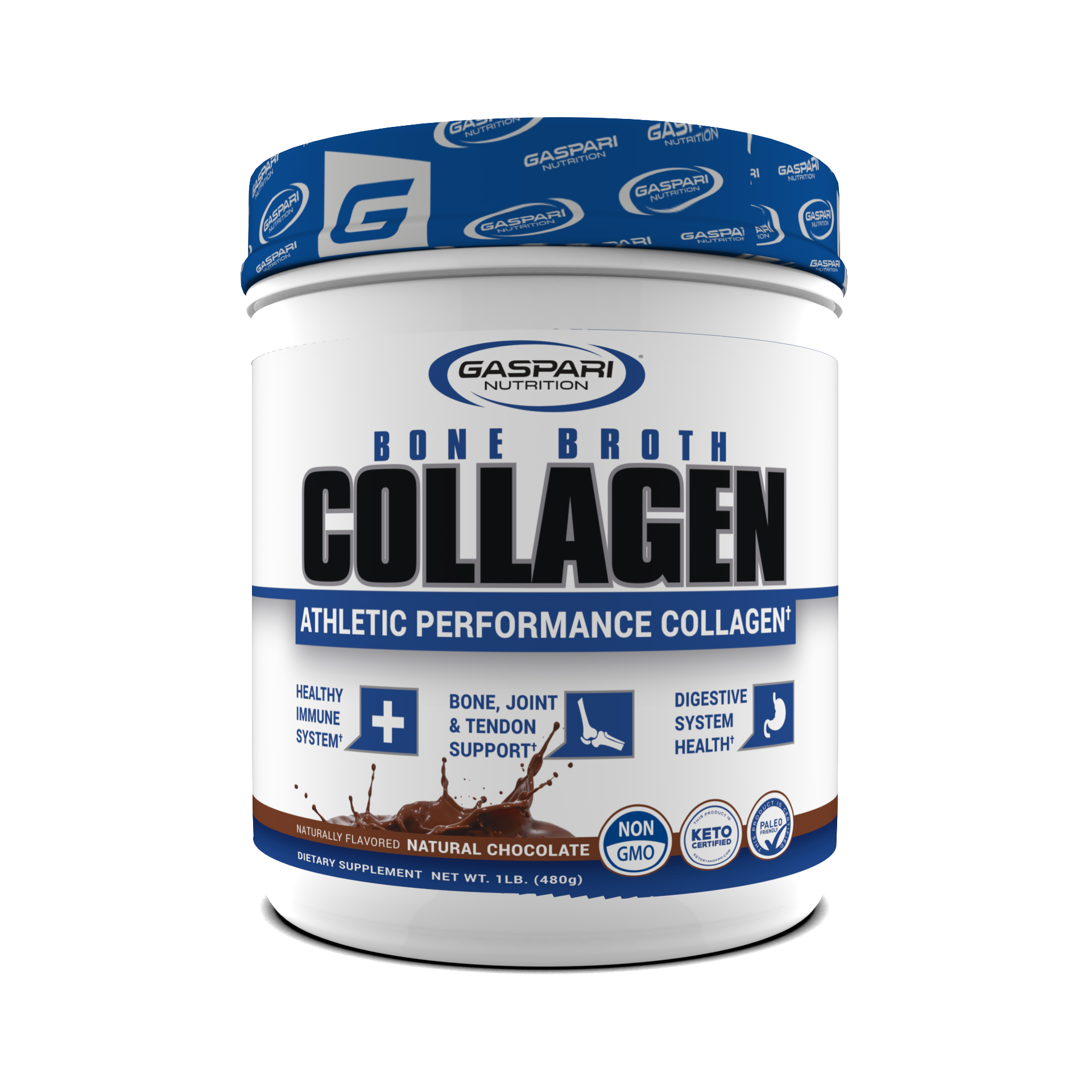
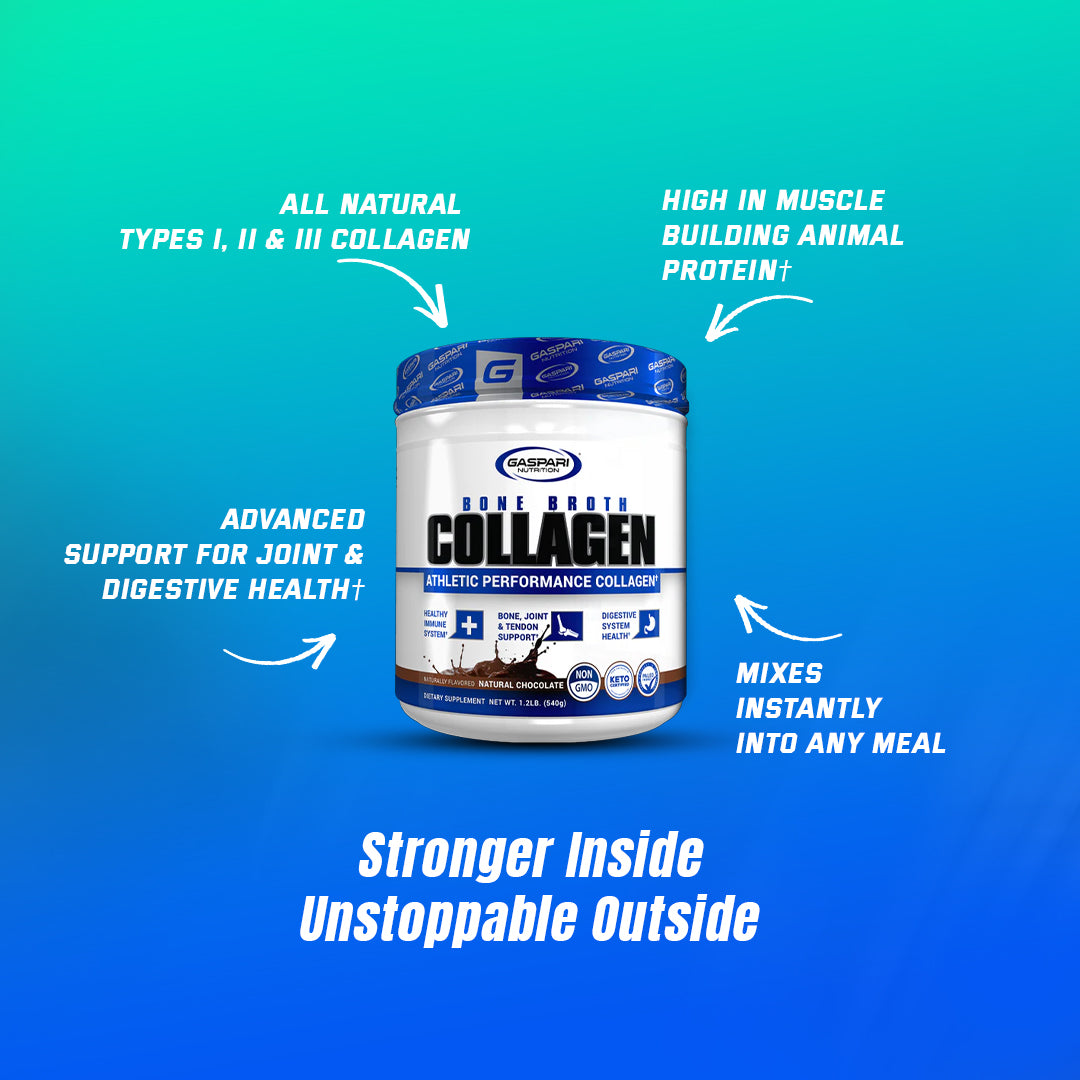

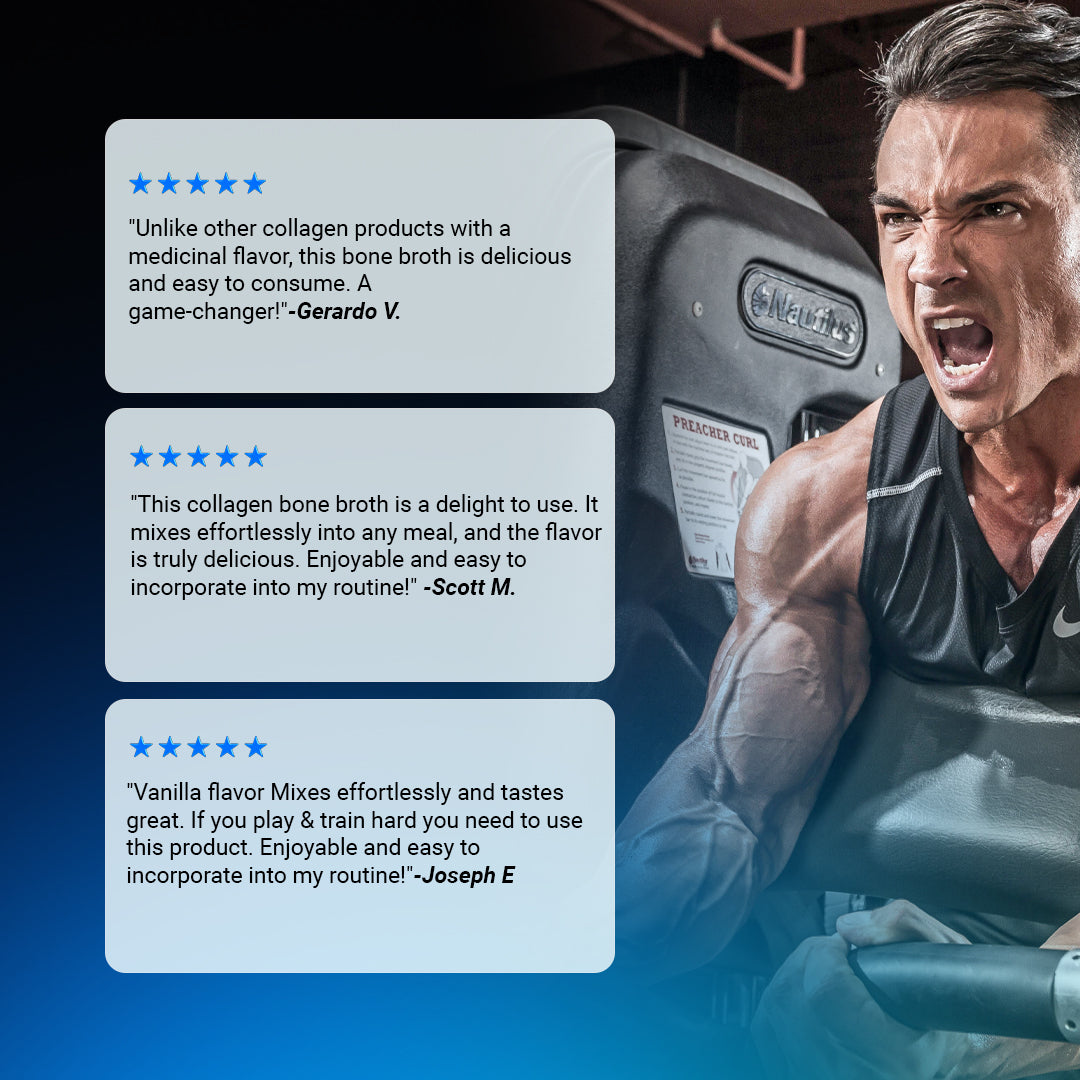
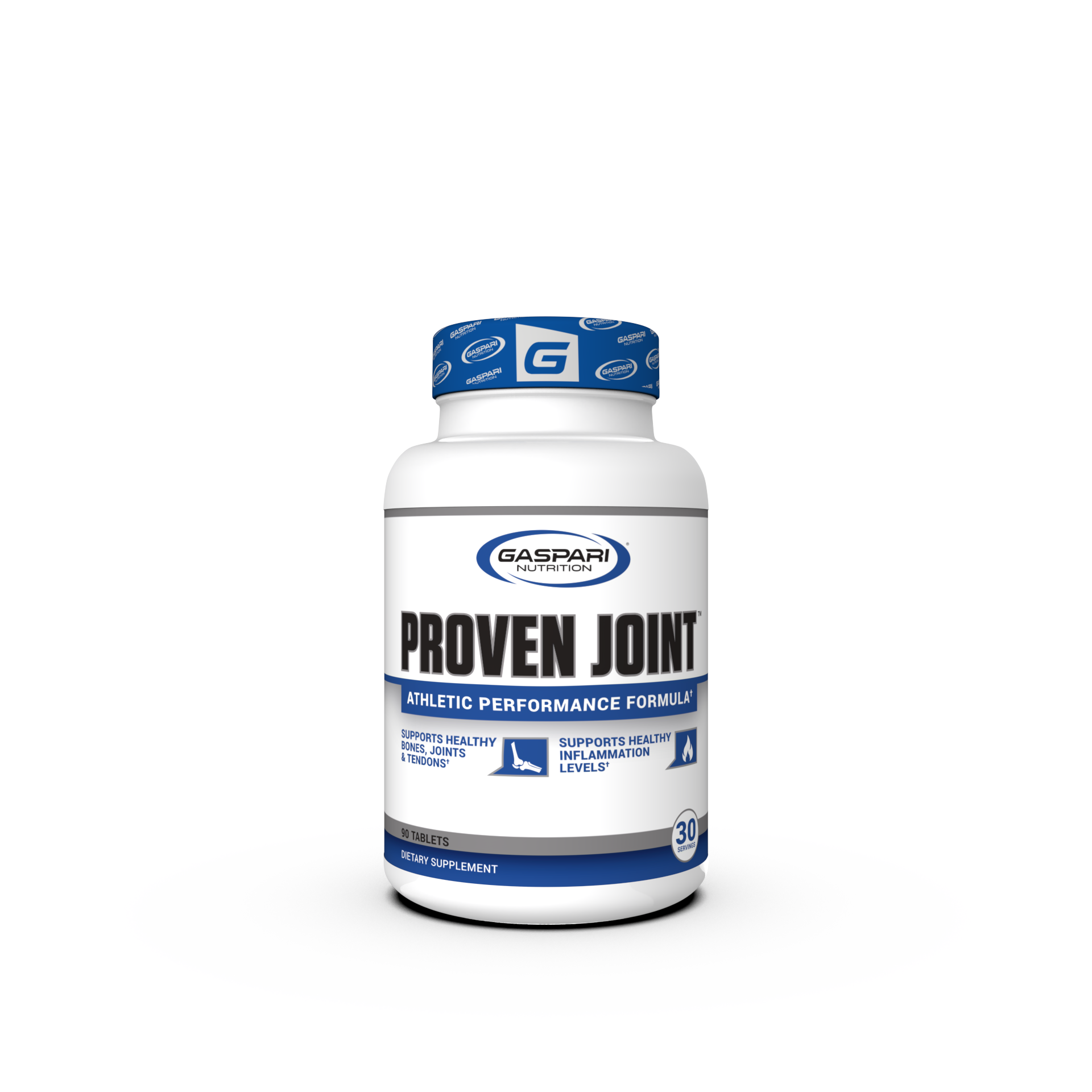
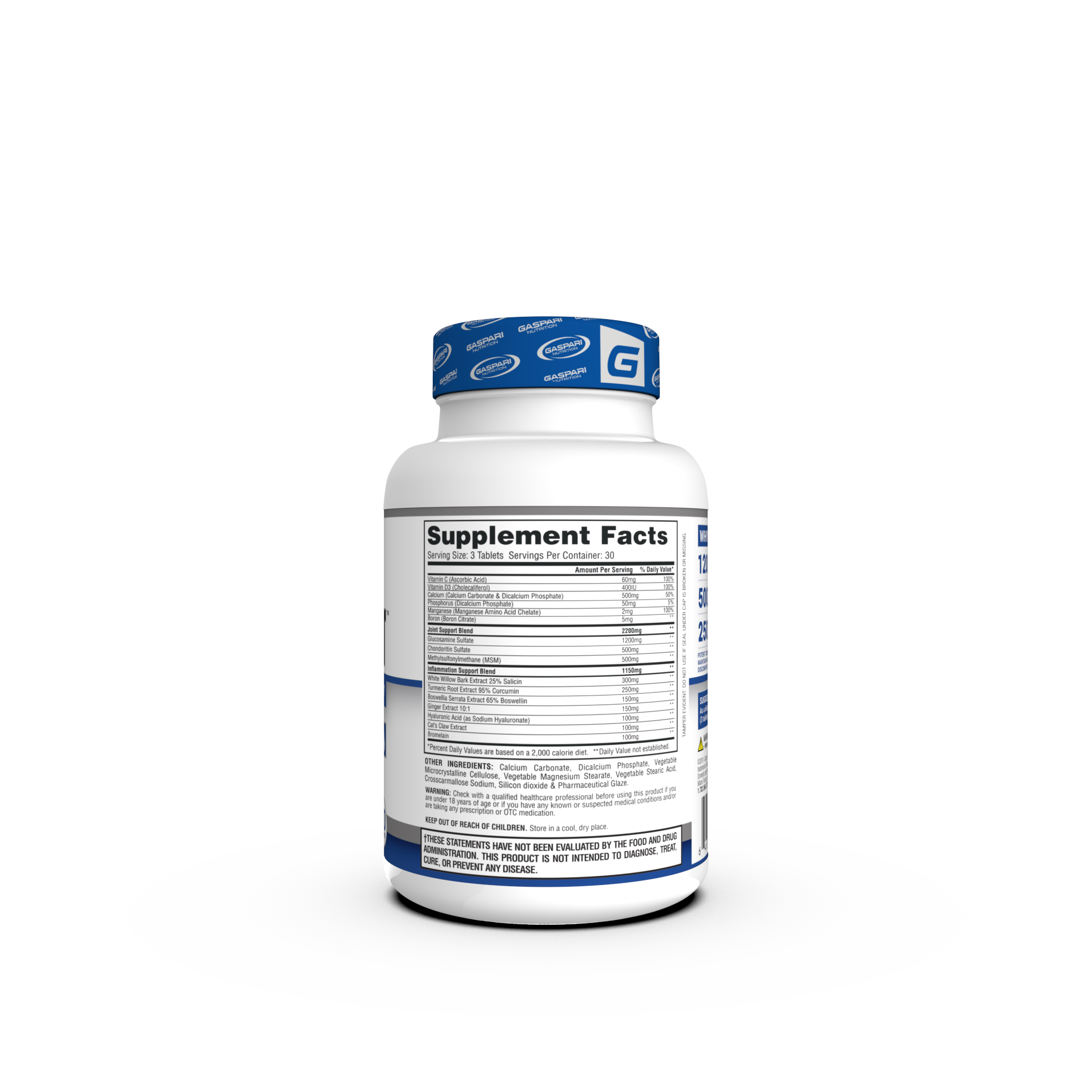
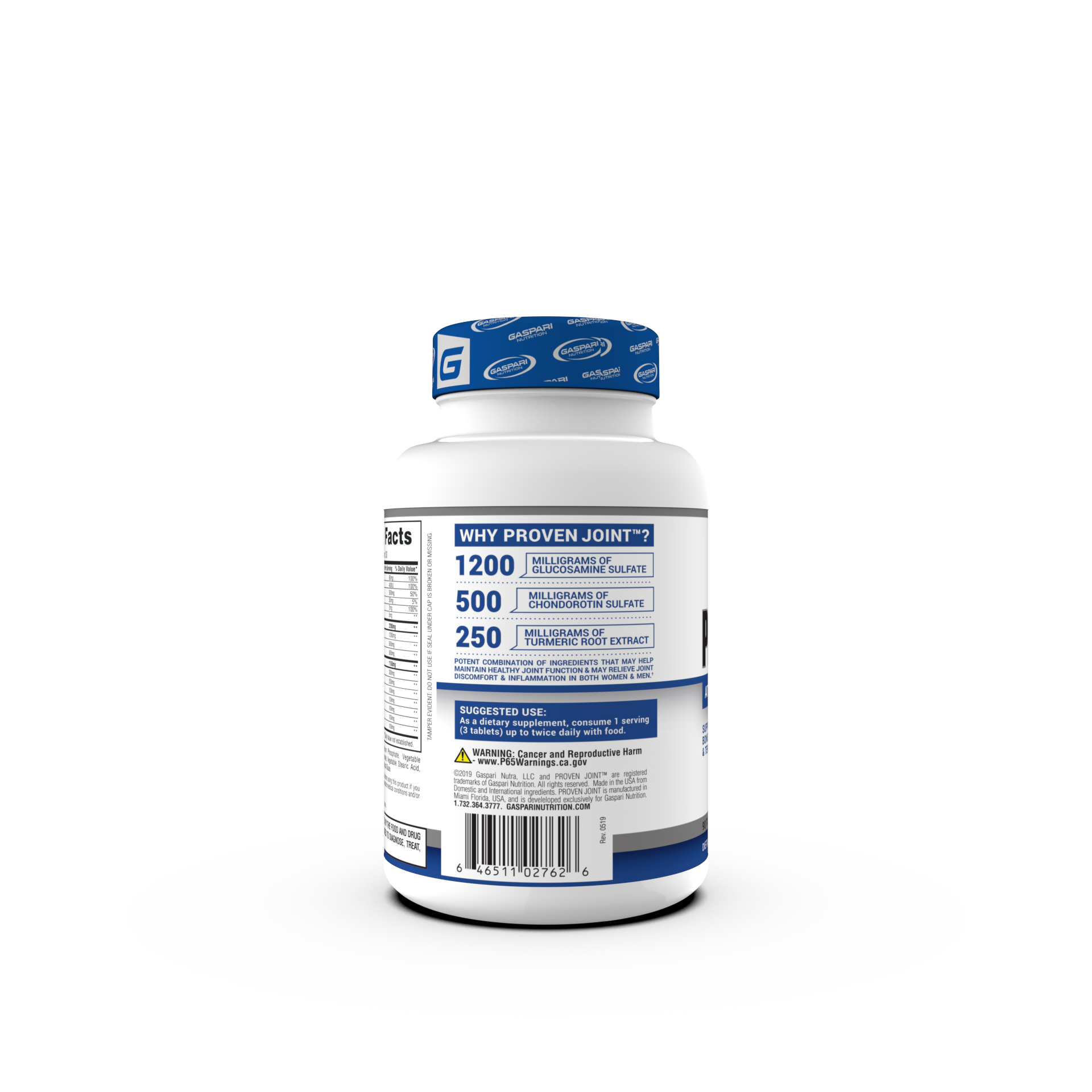

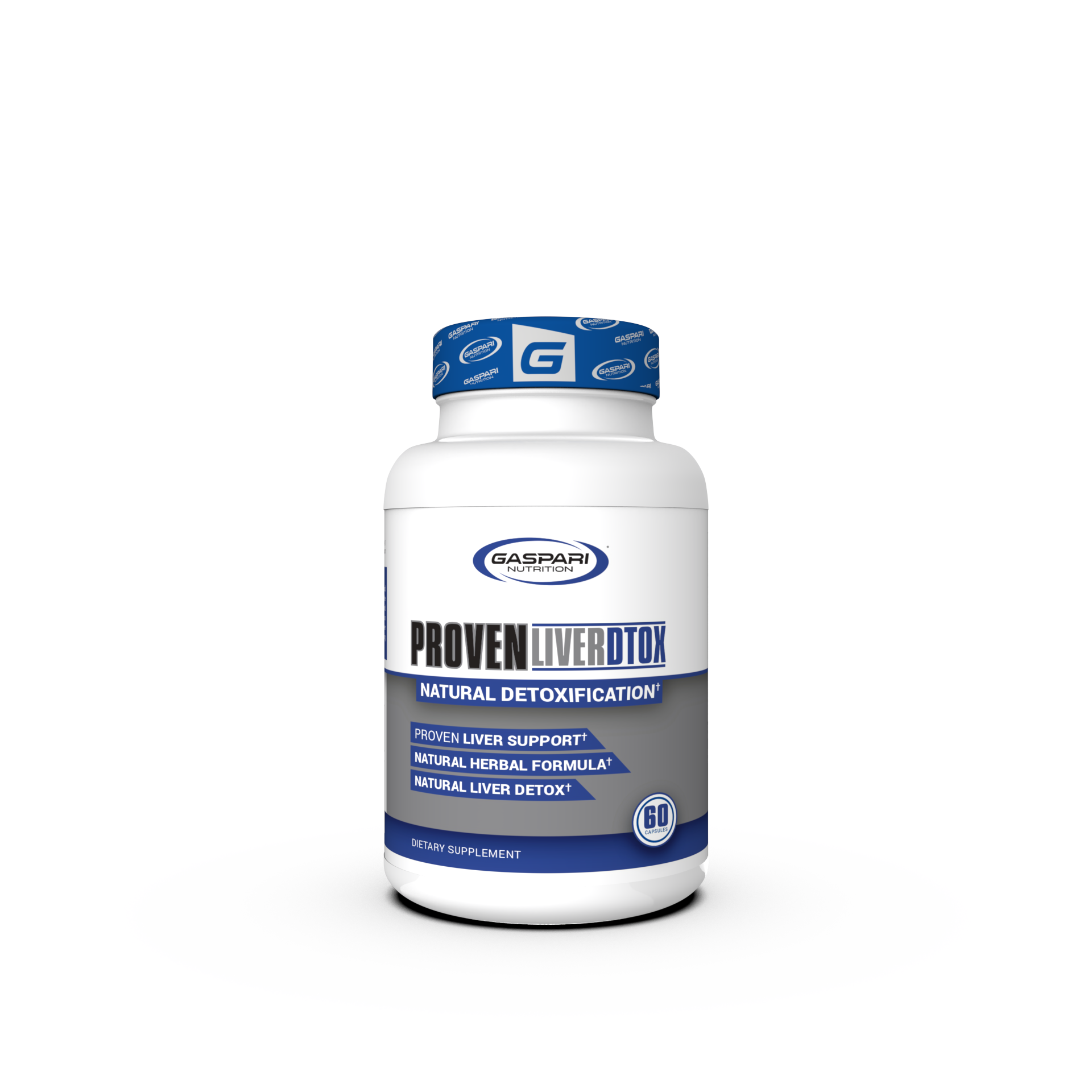
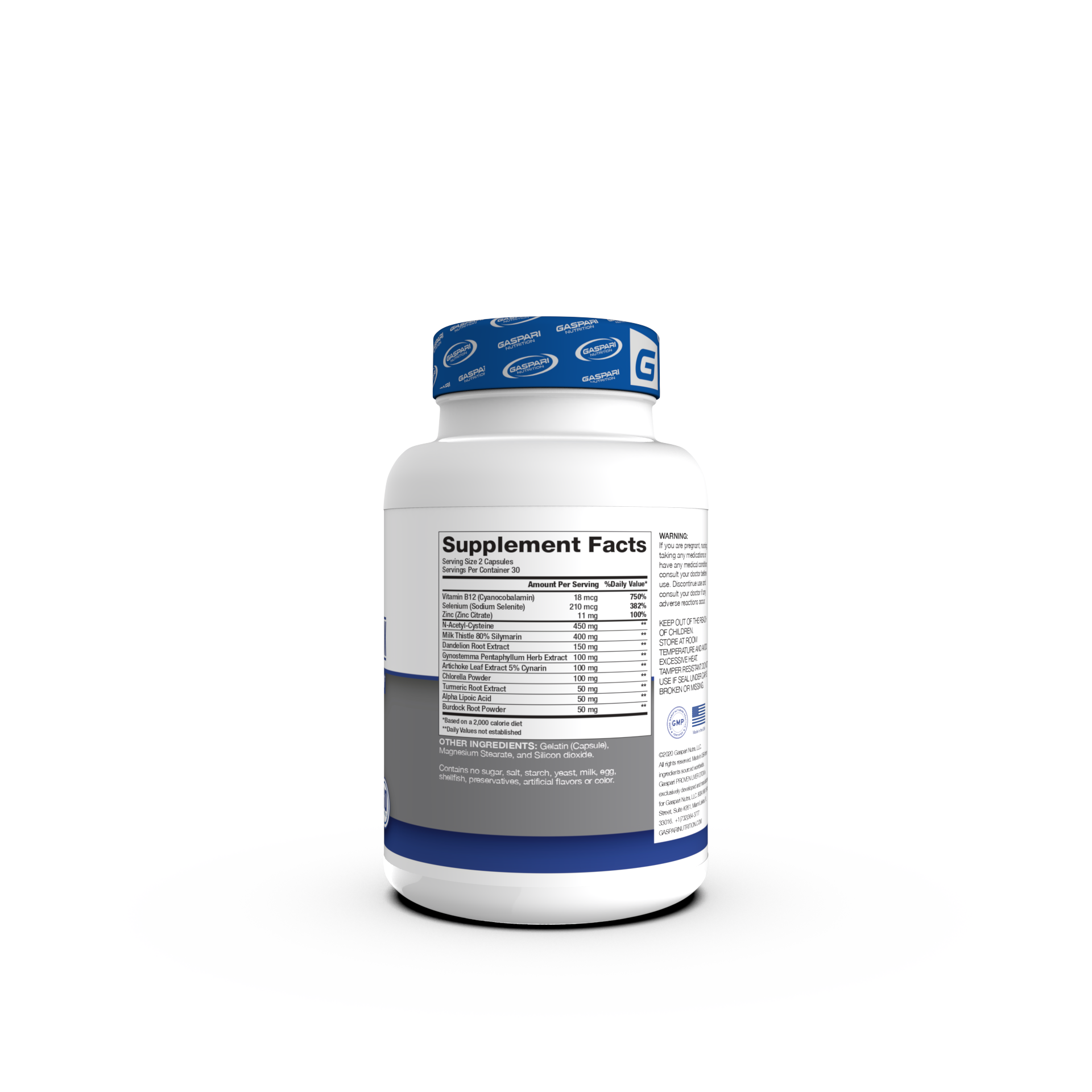
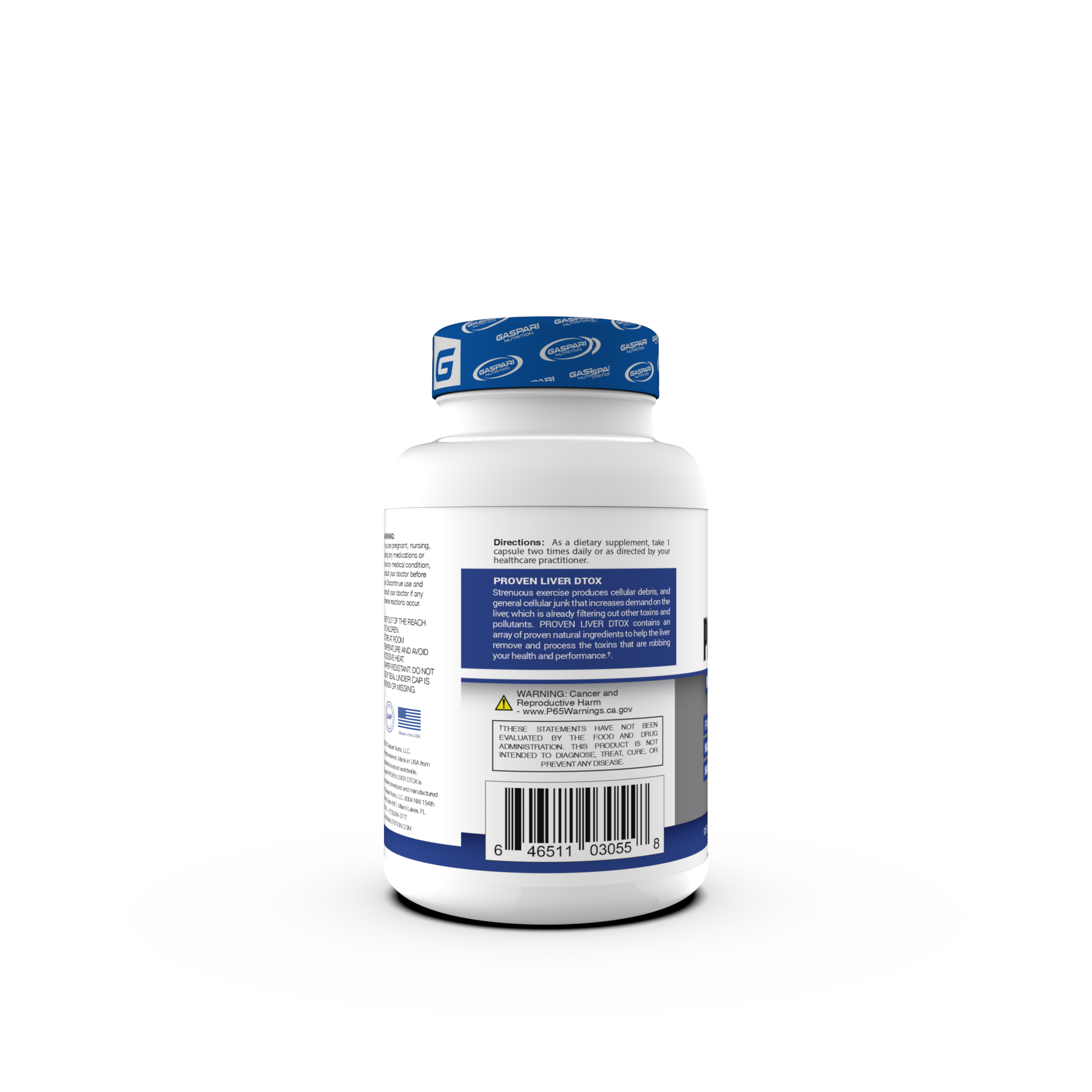

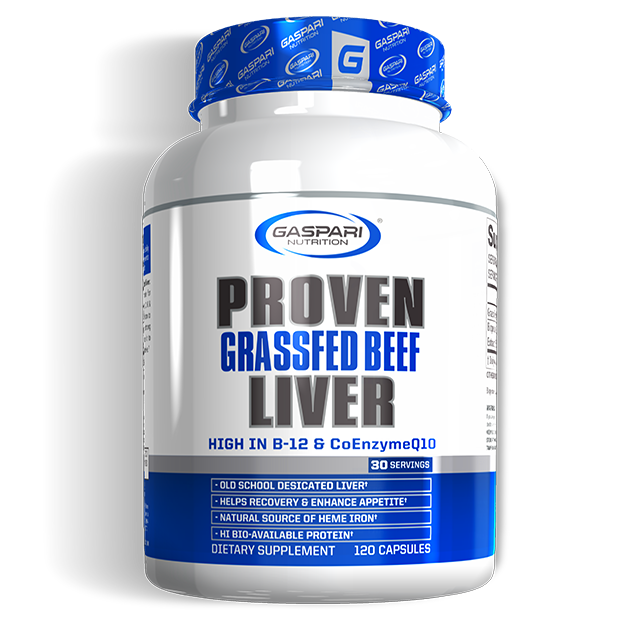
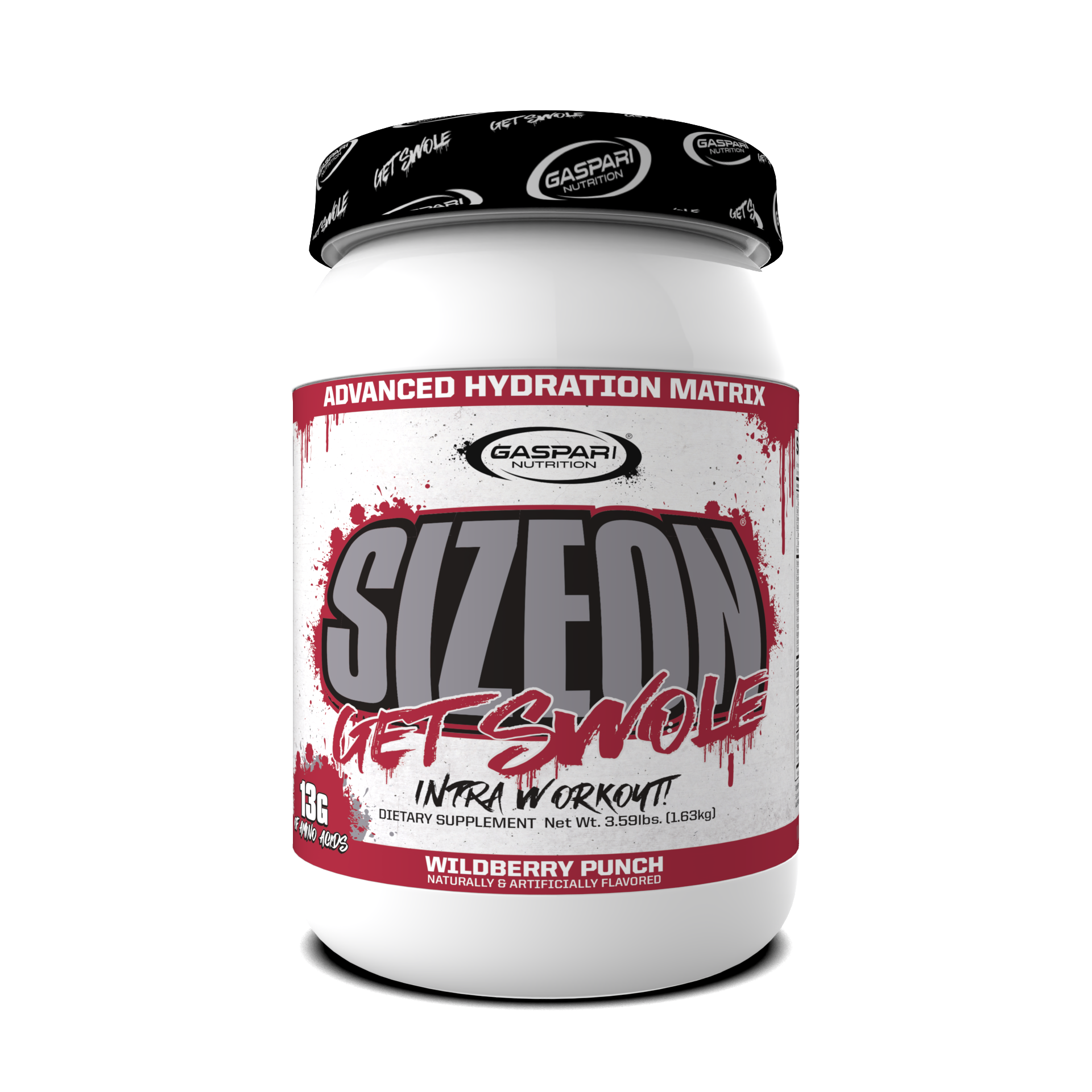
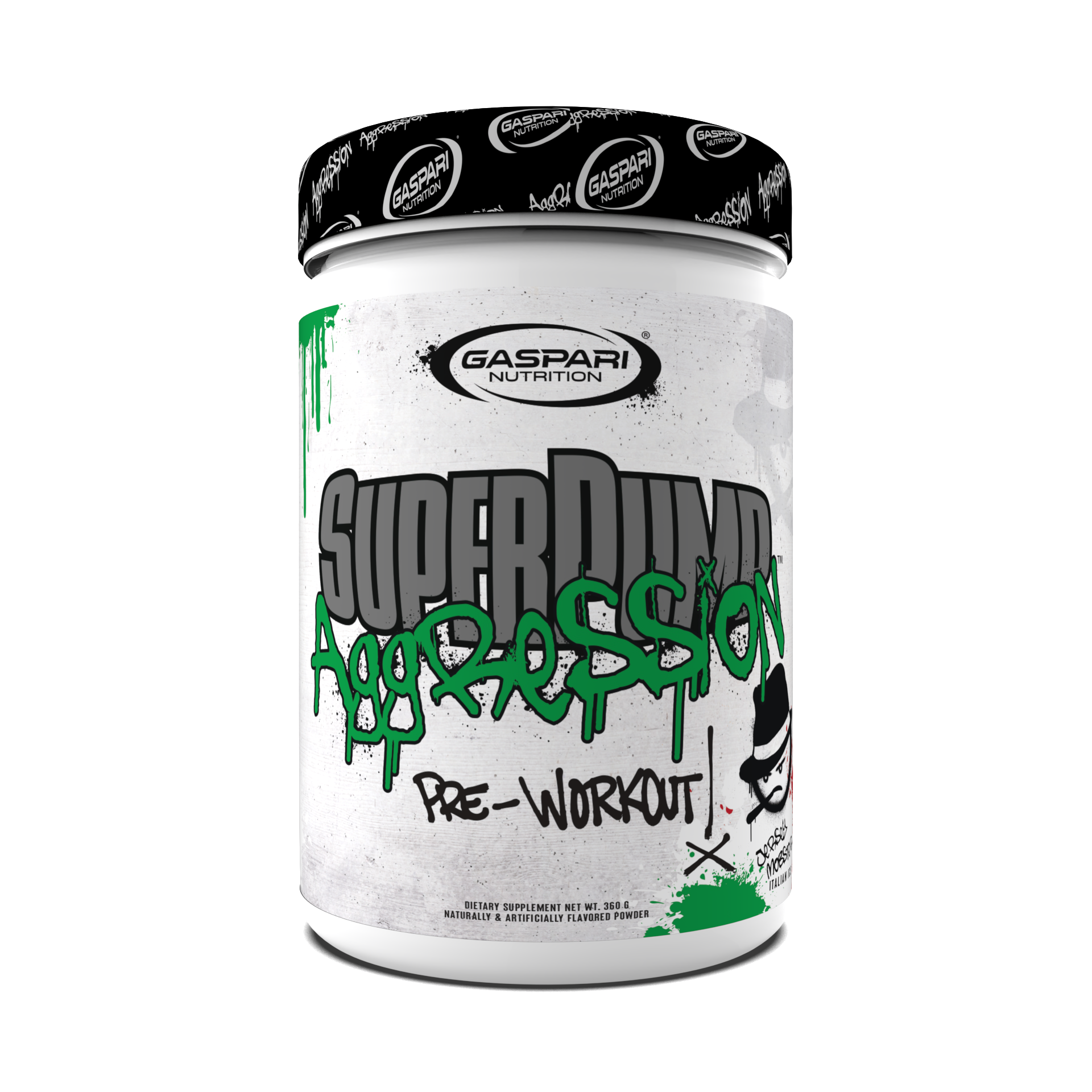
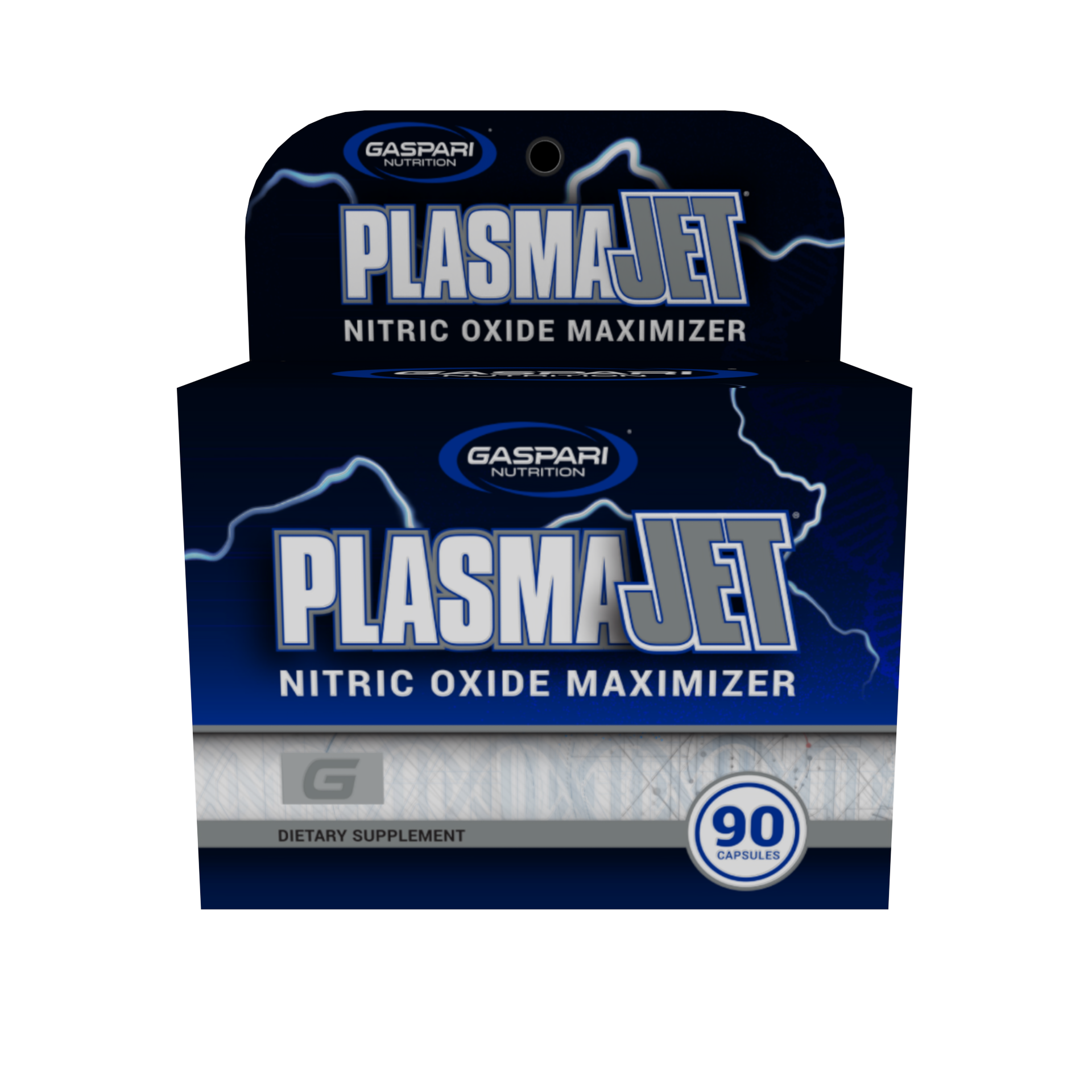


Share:
7 Things You Need To Know About Exercising With Diabetes
The Role of the Ketogenic Diet for Alzheimer's Disease